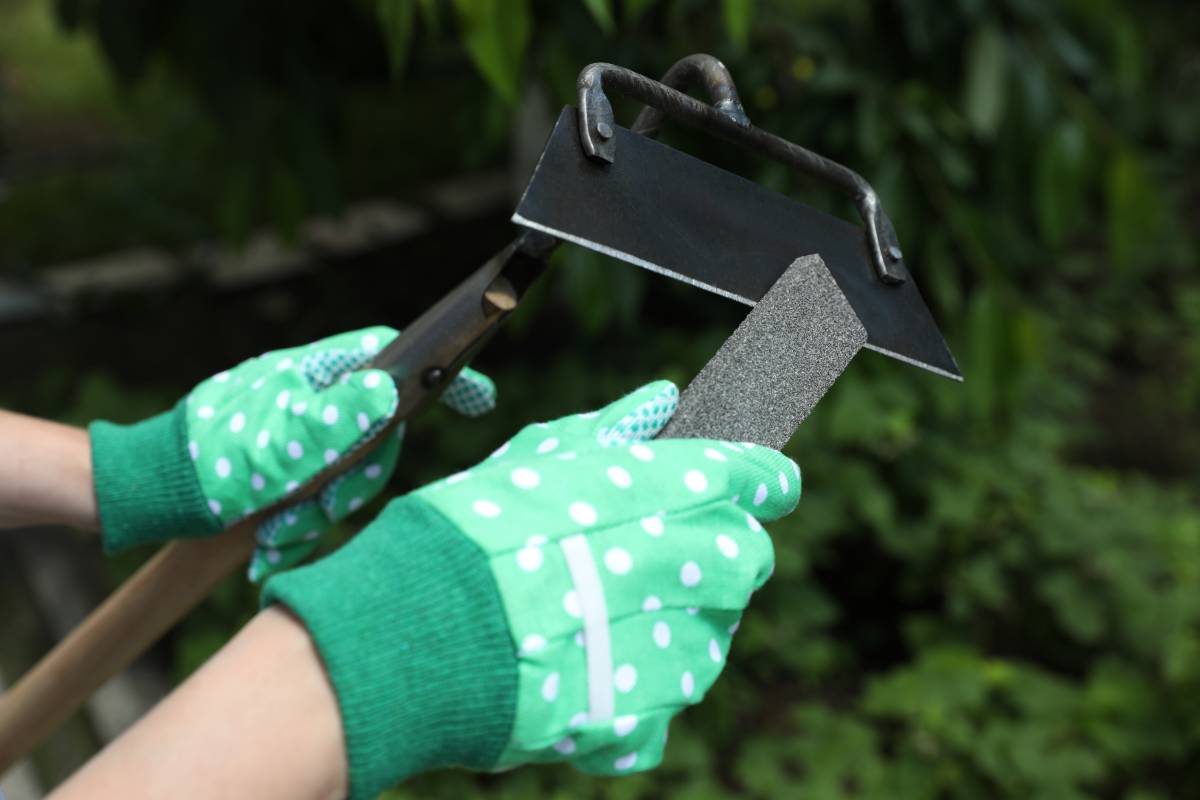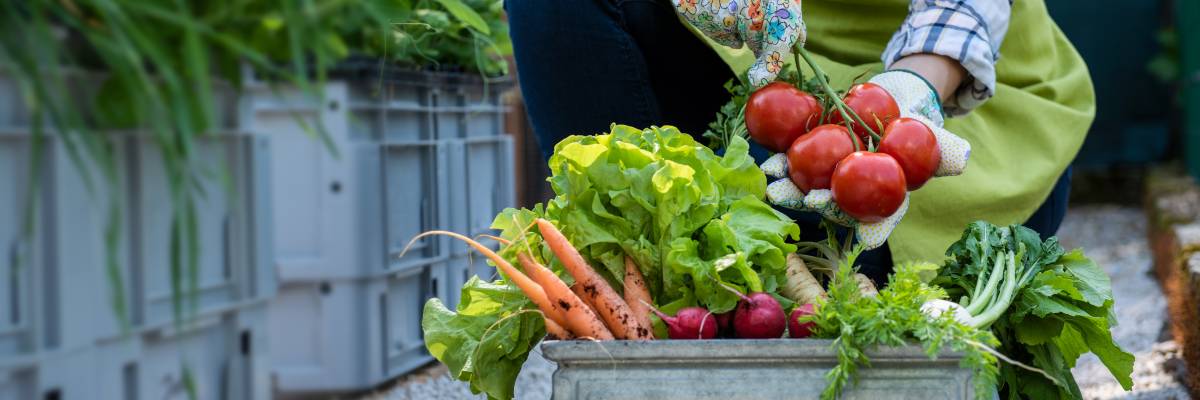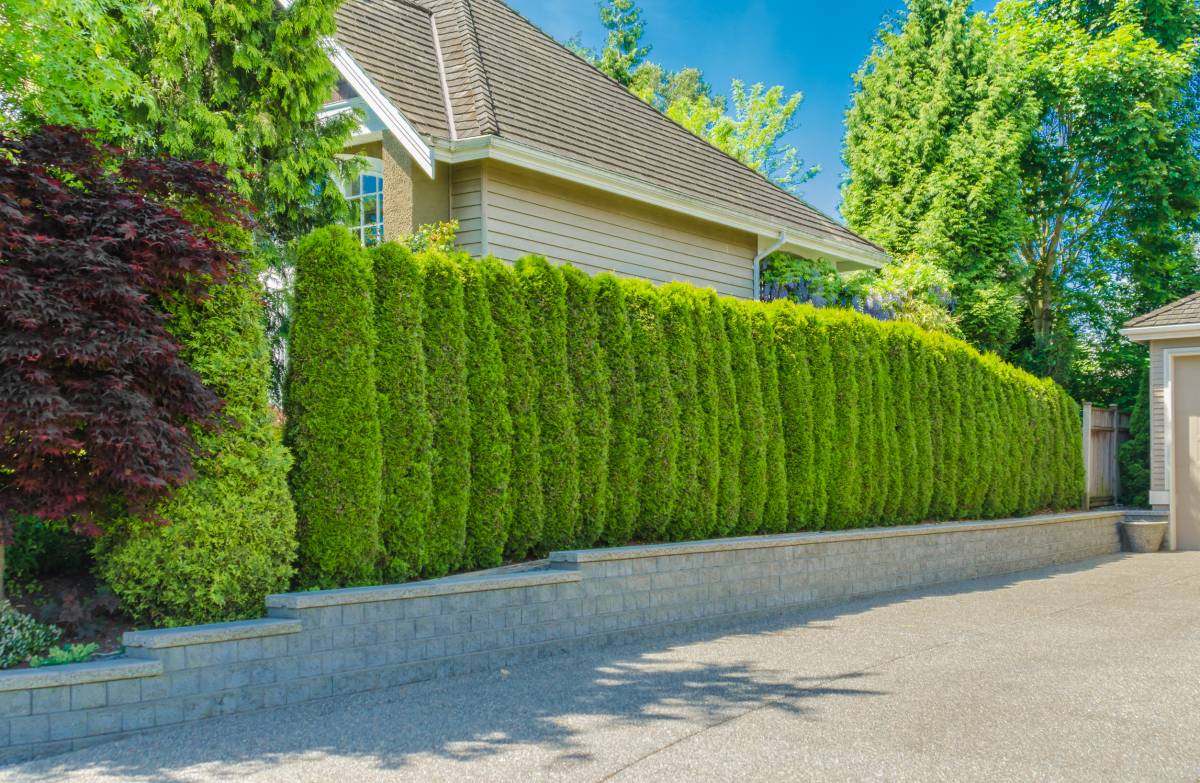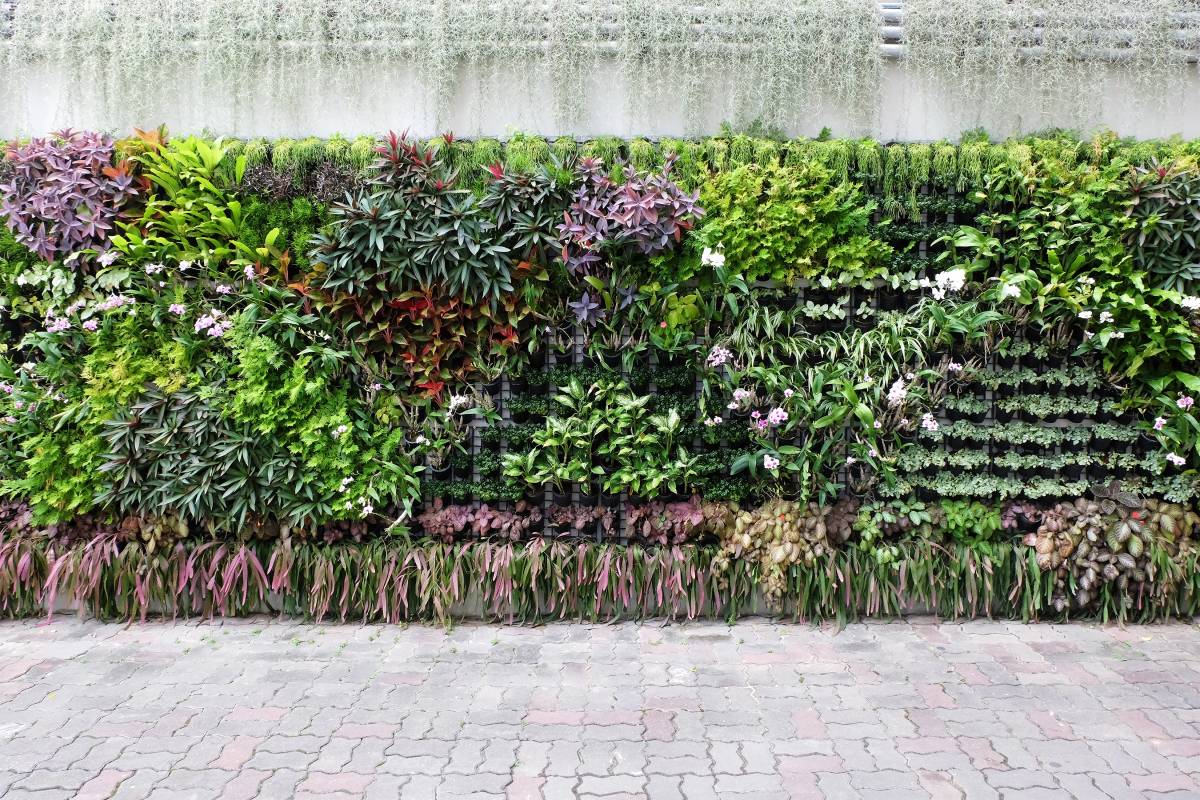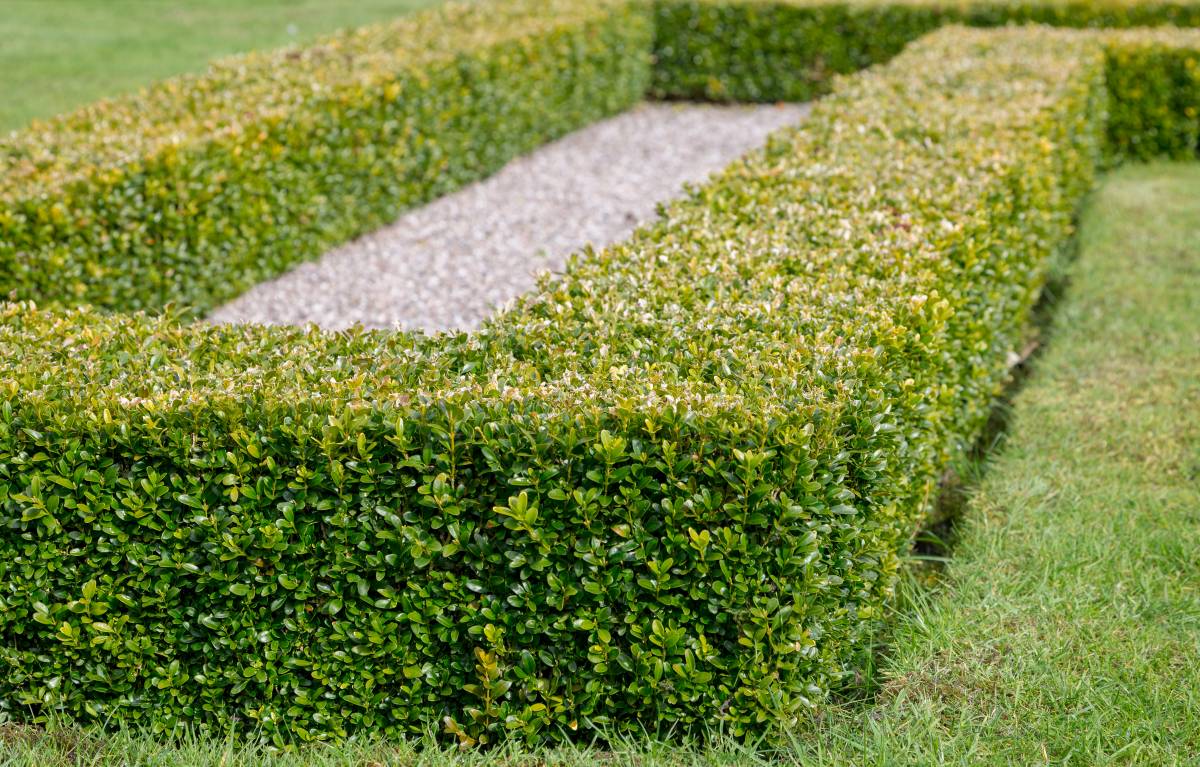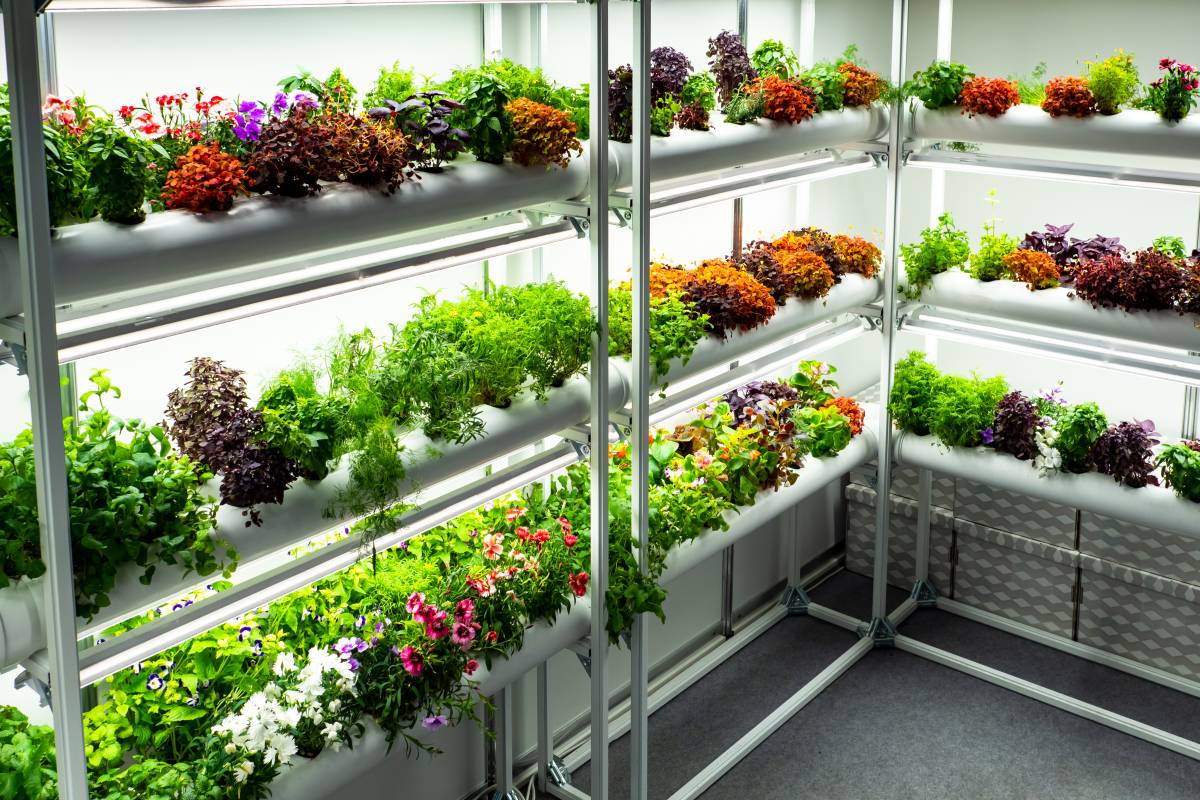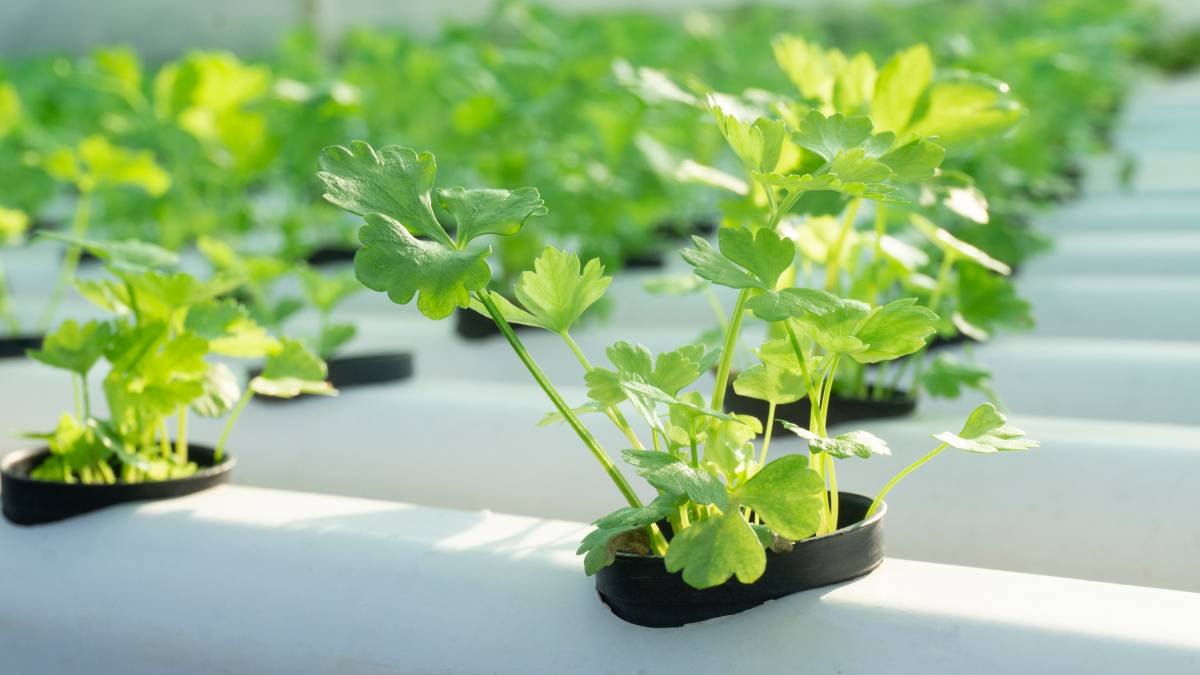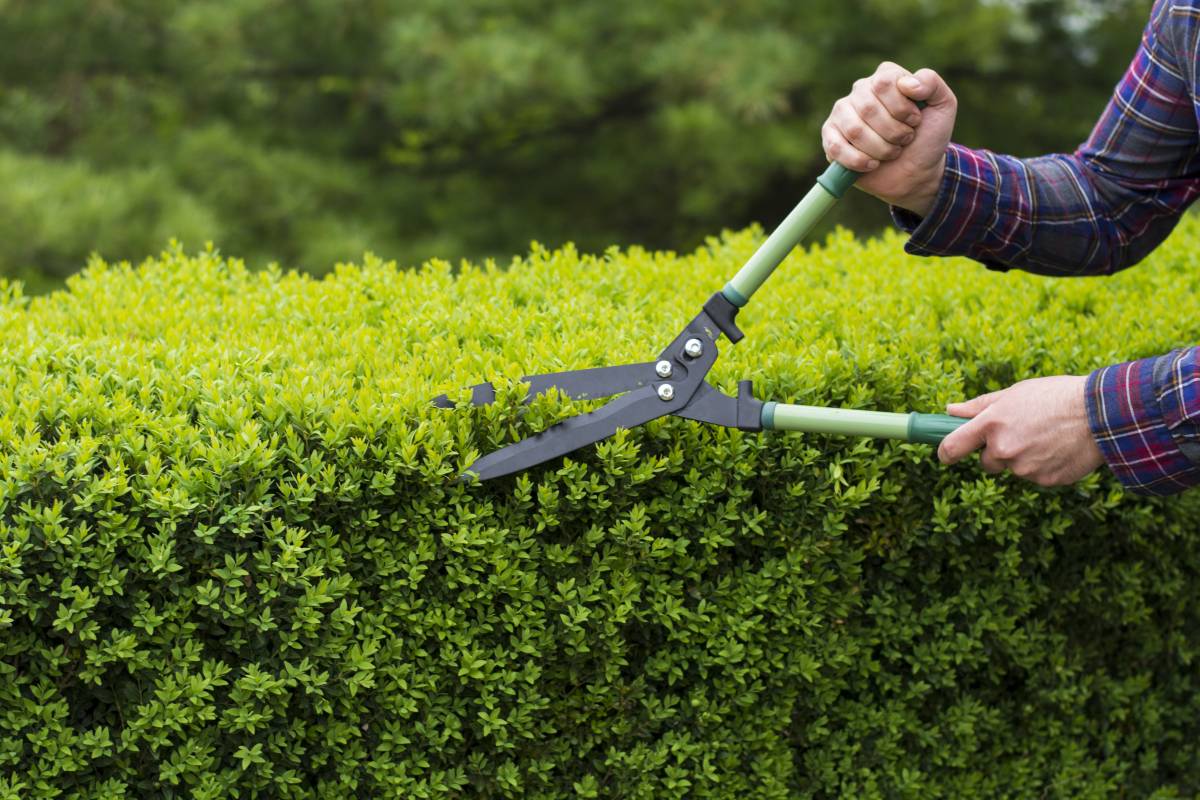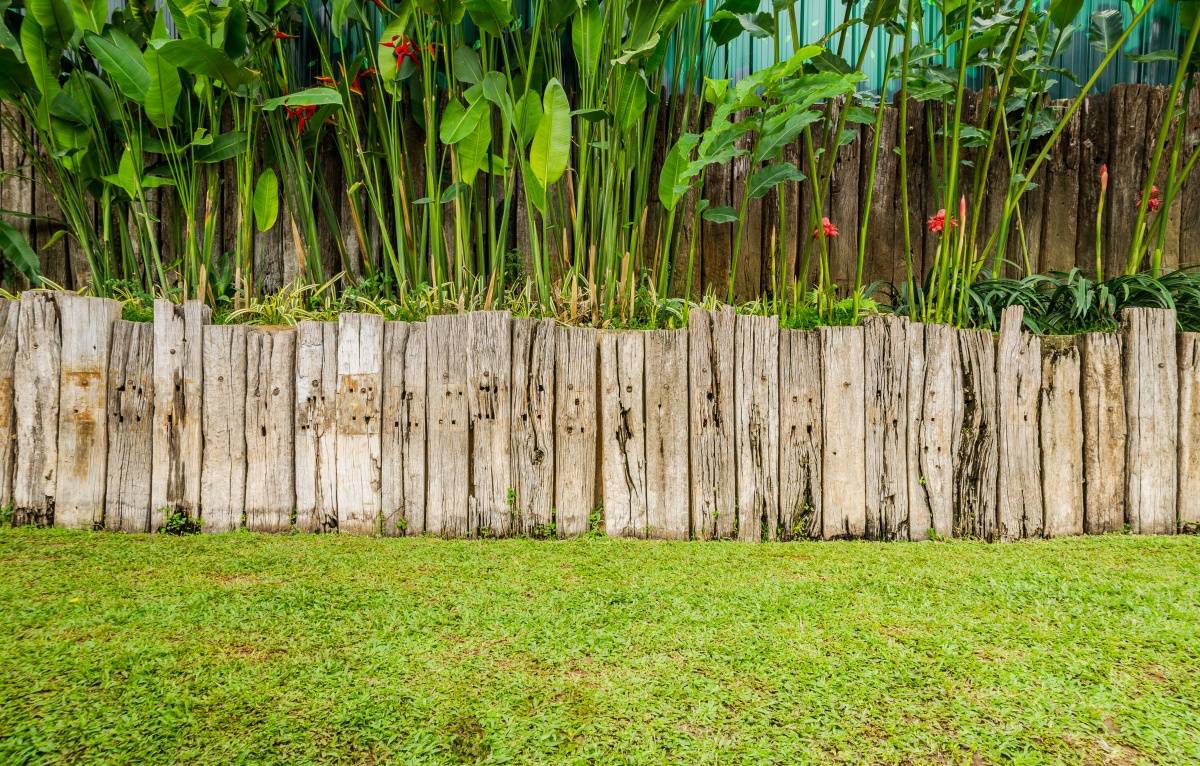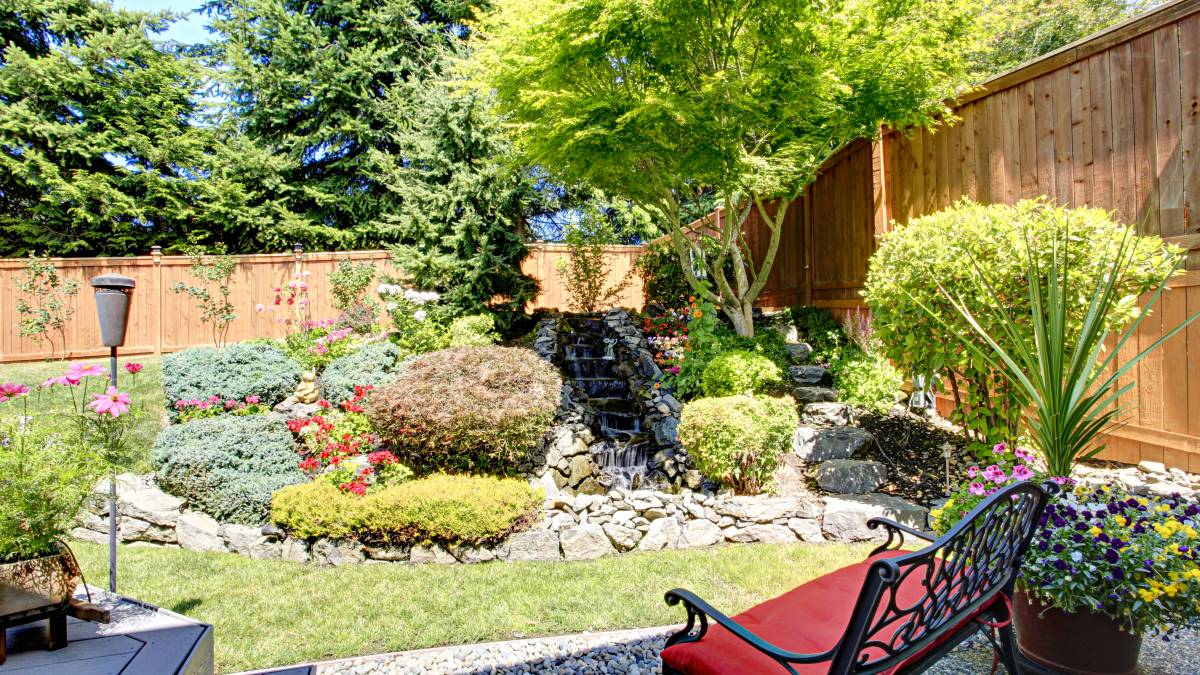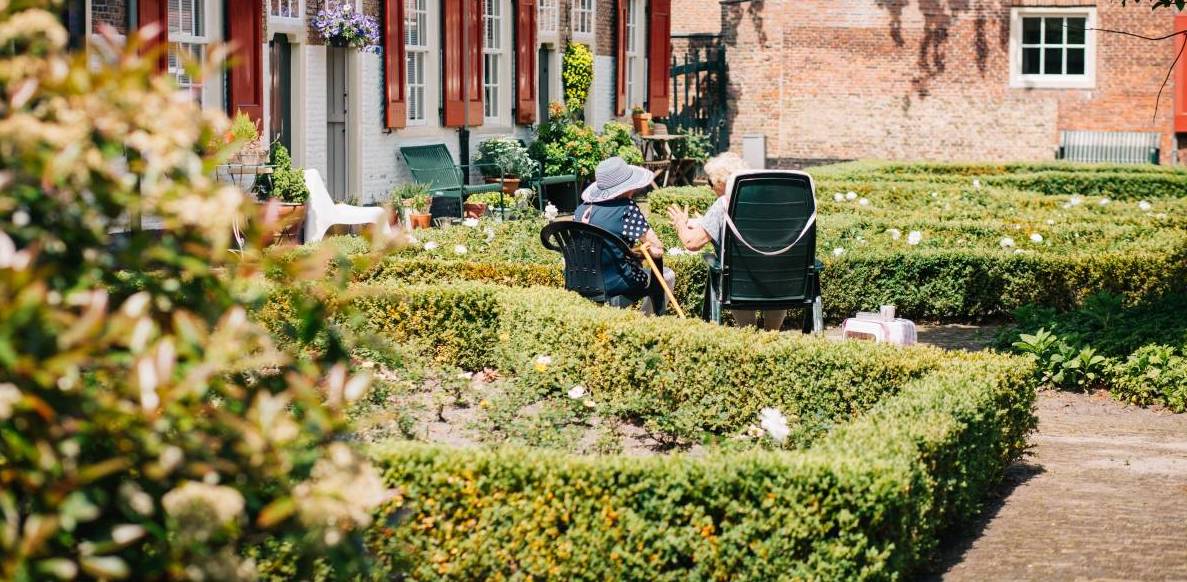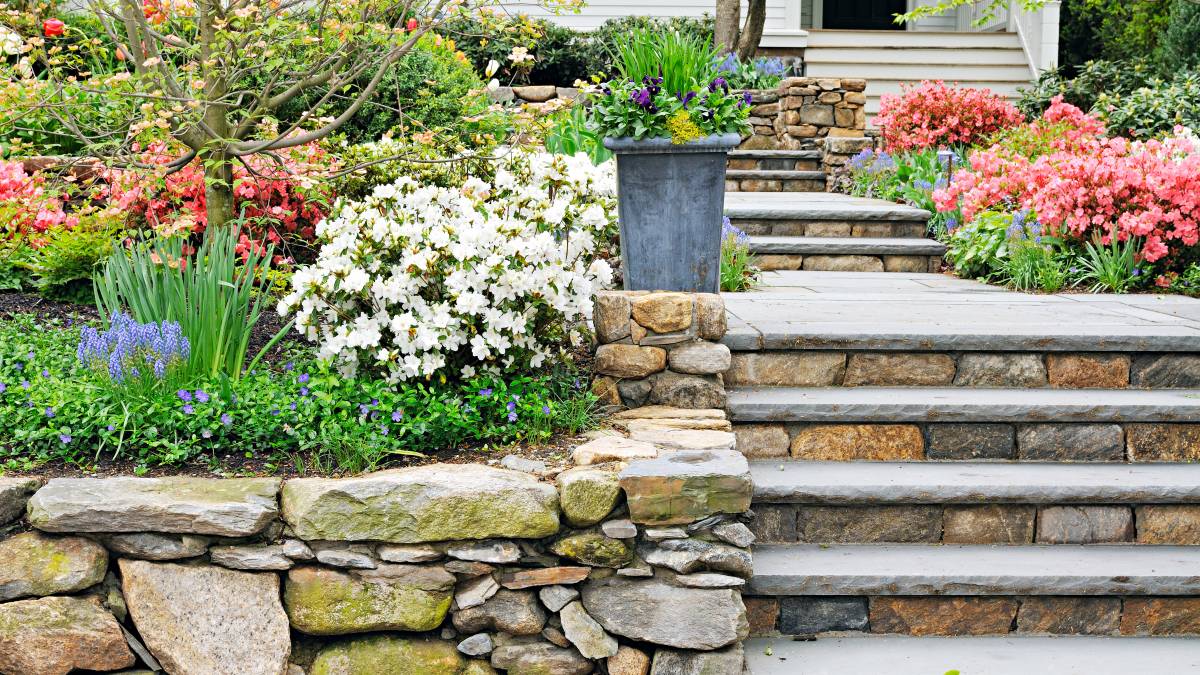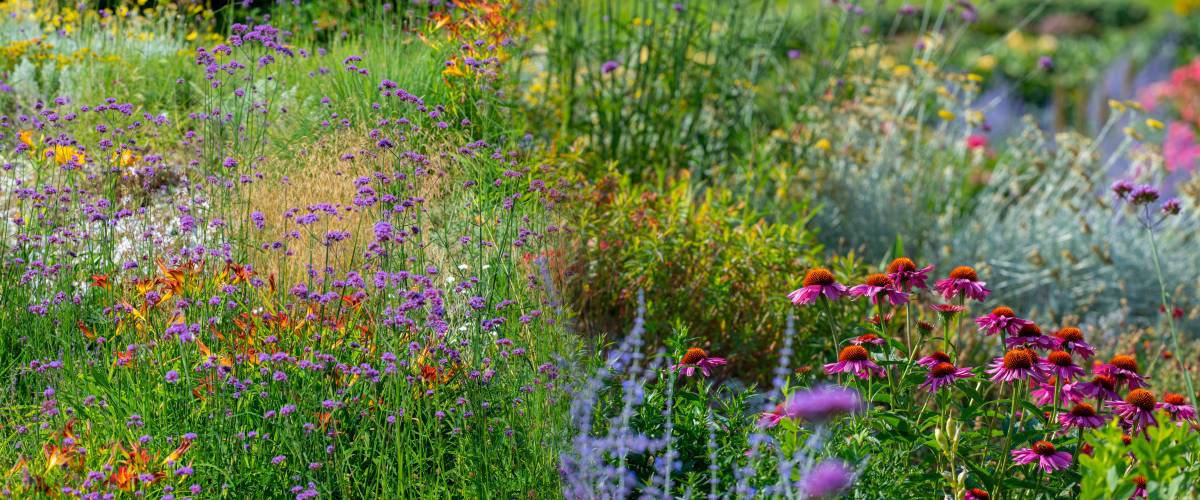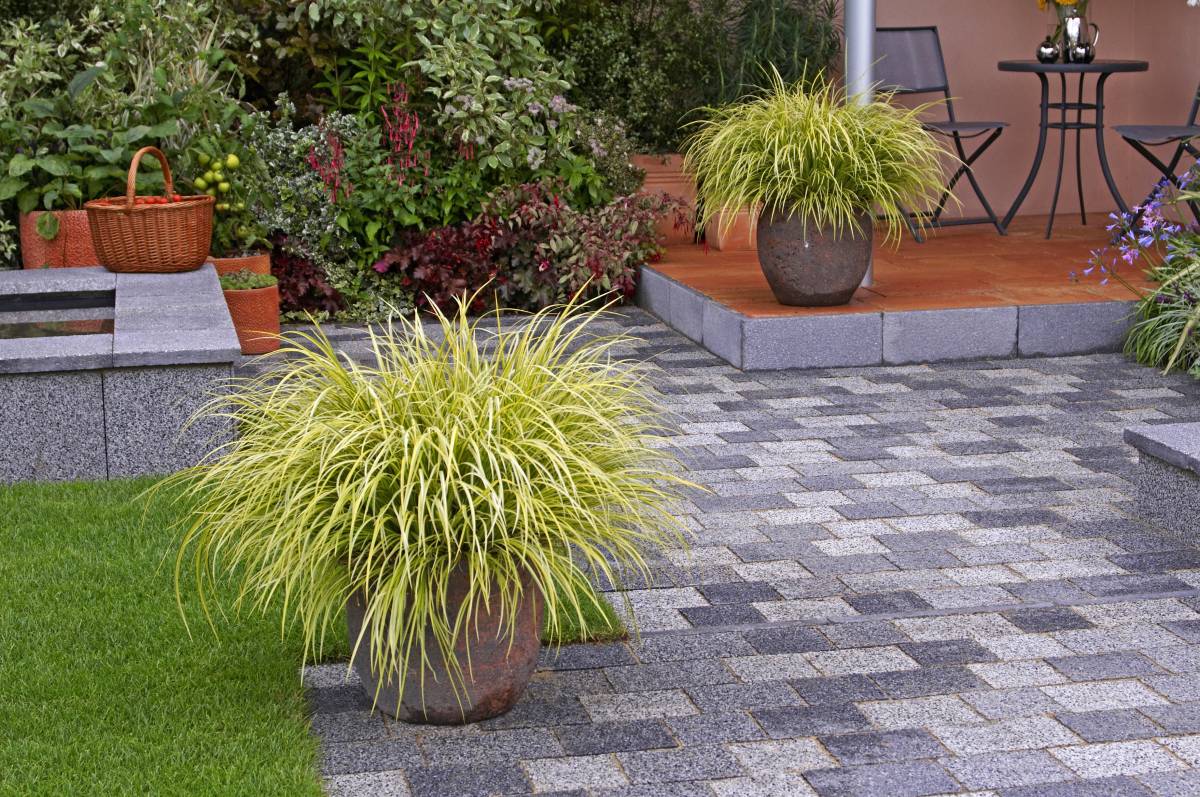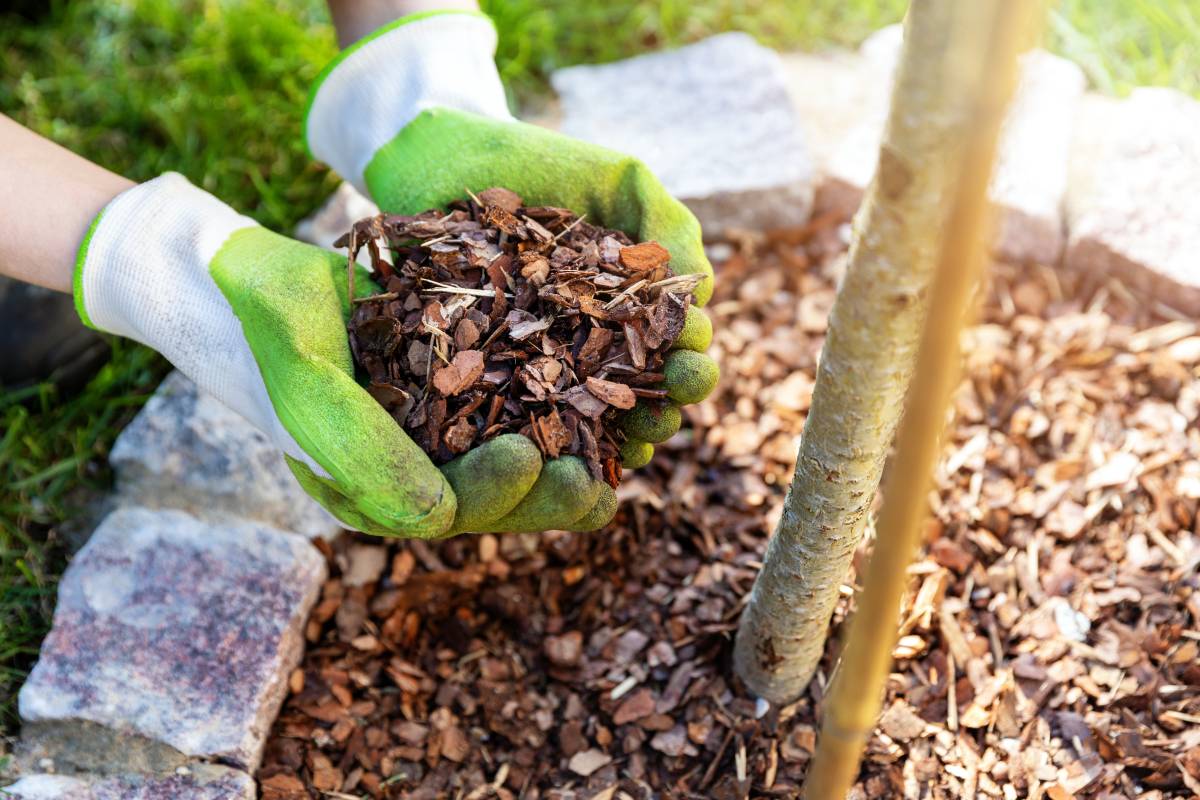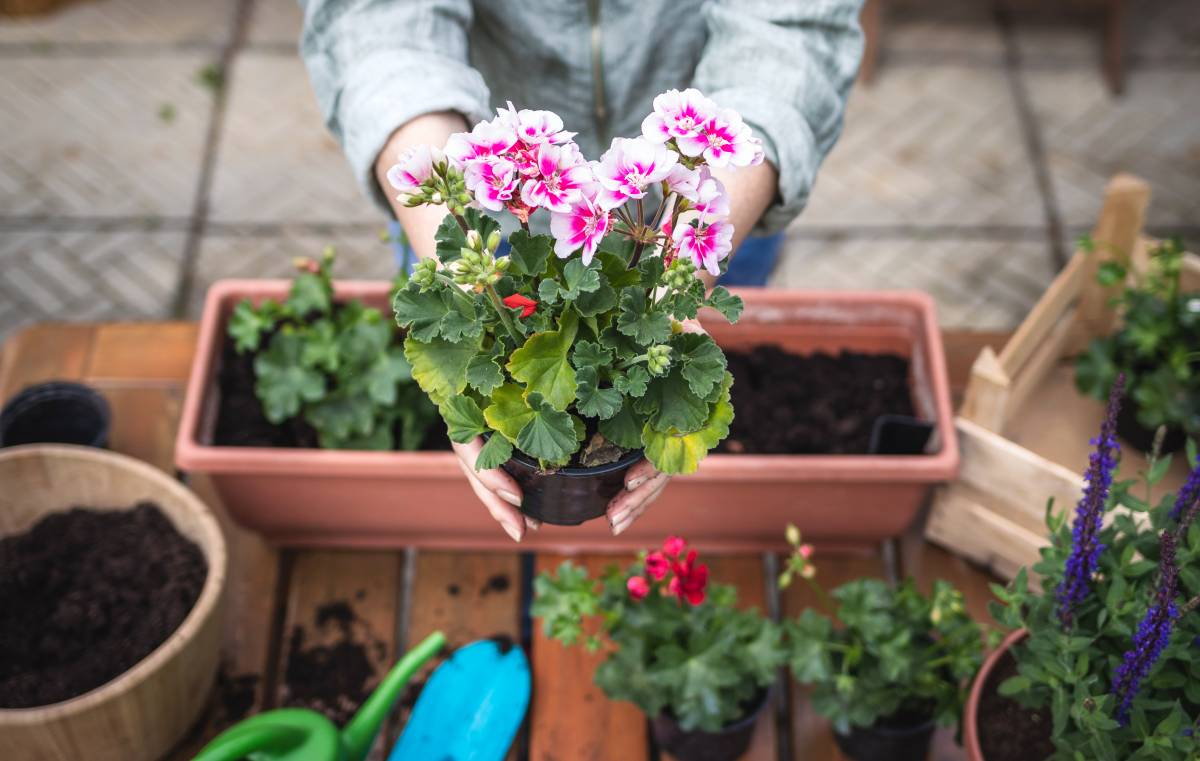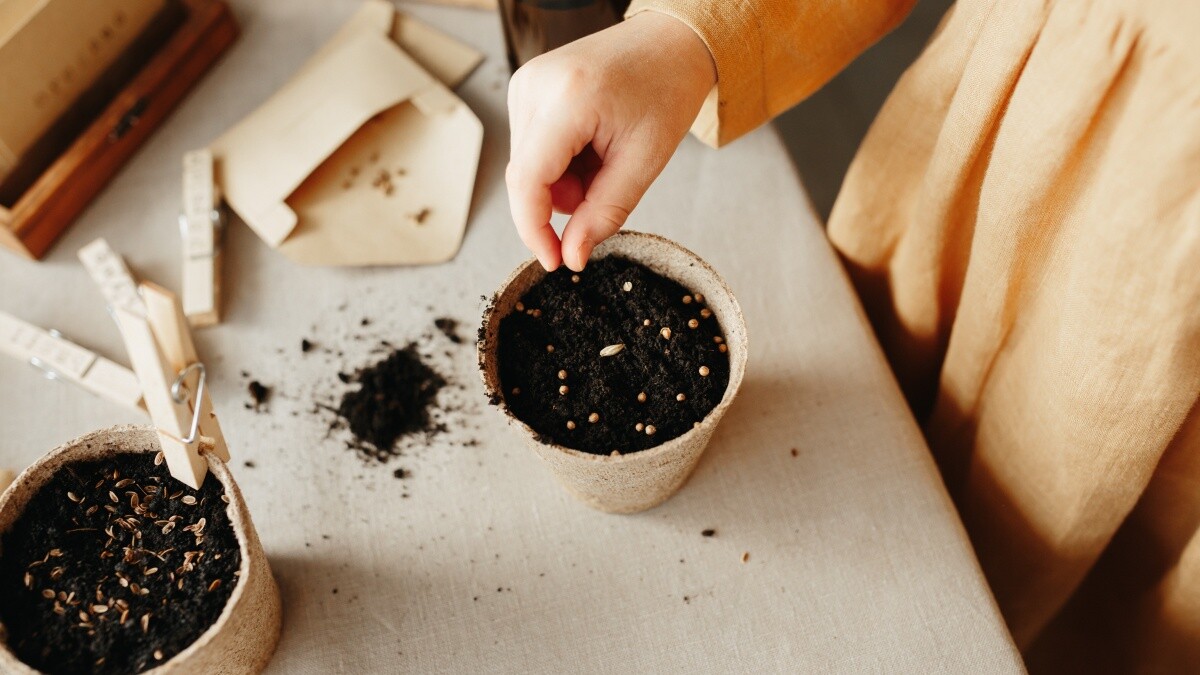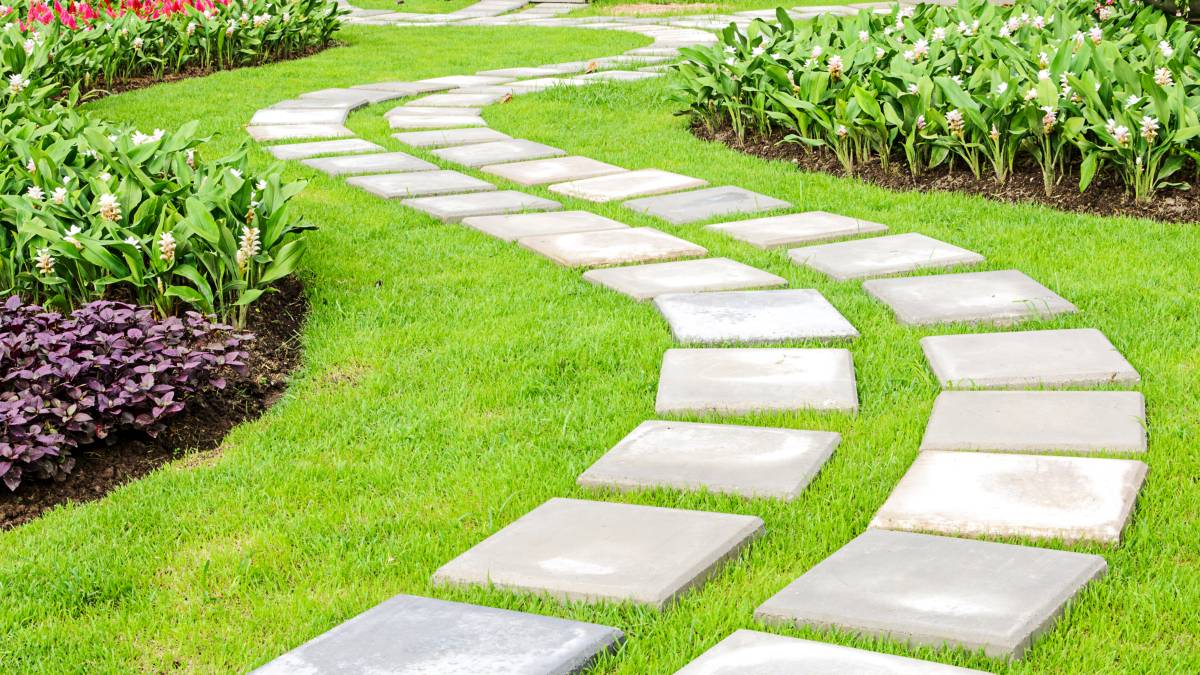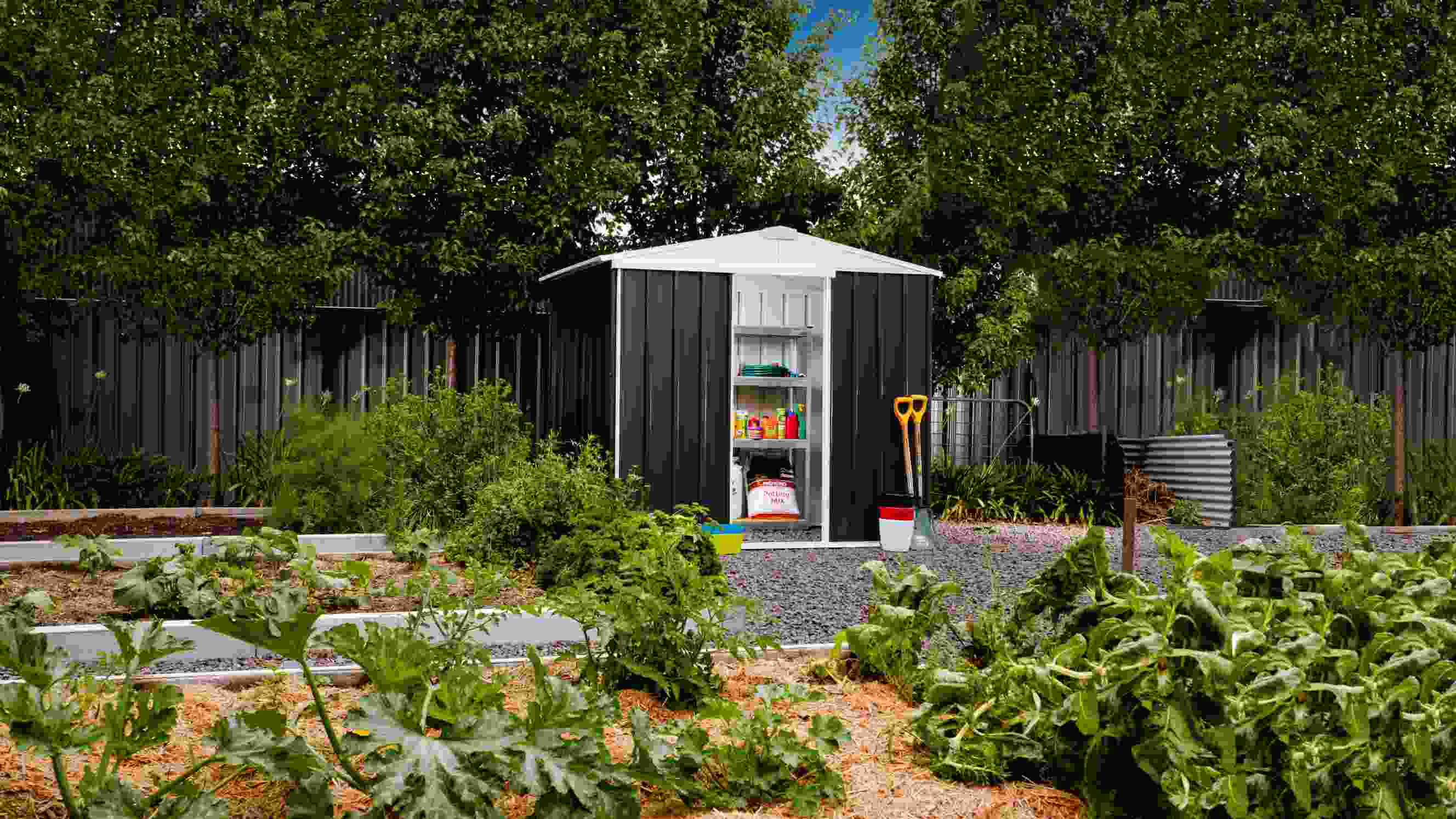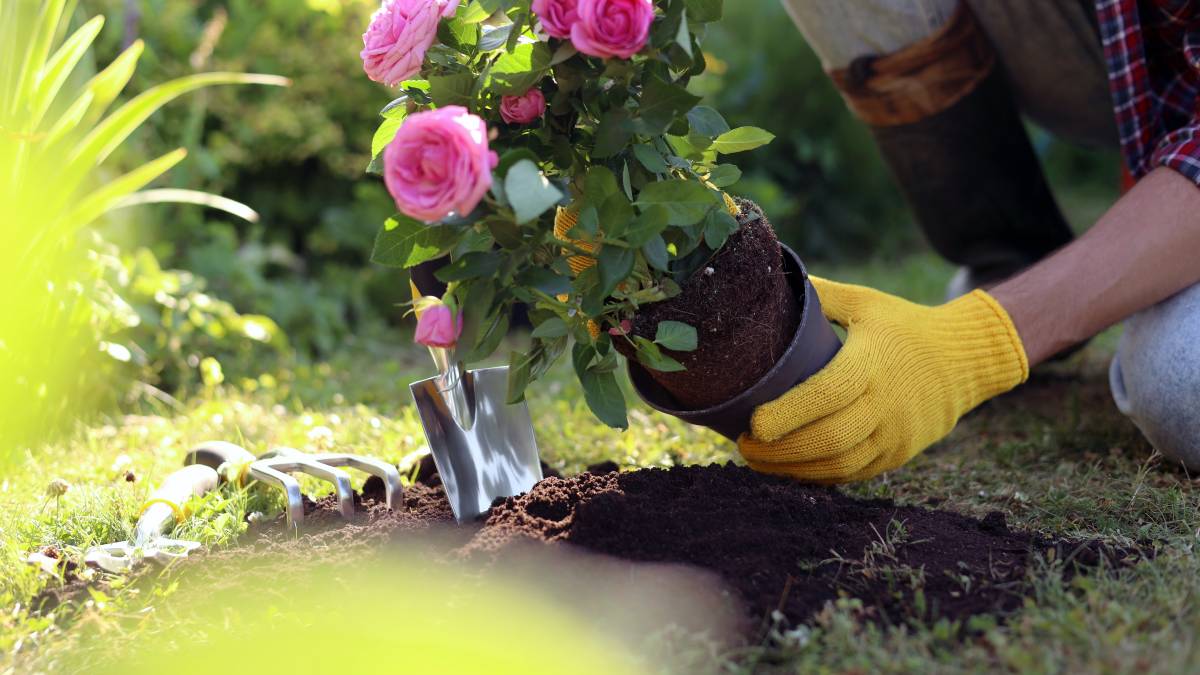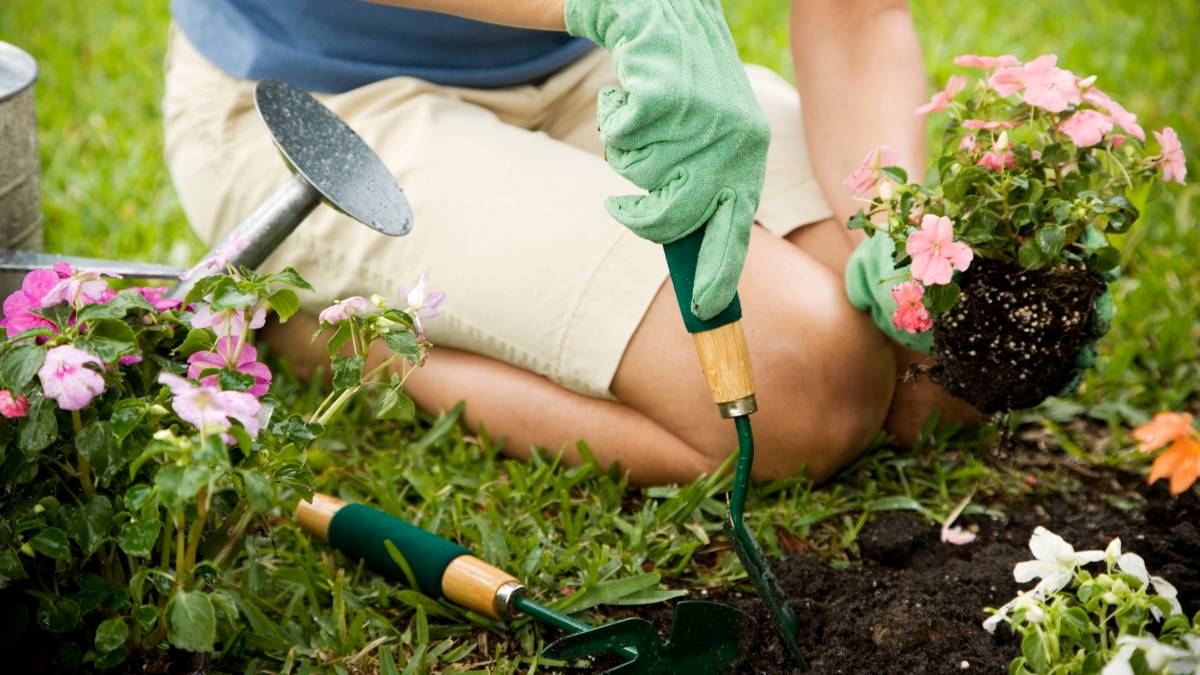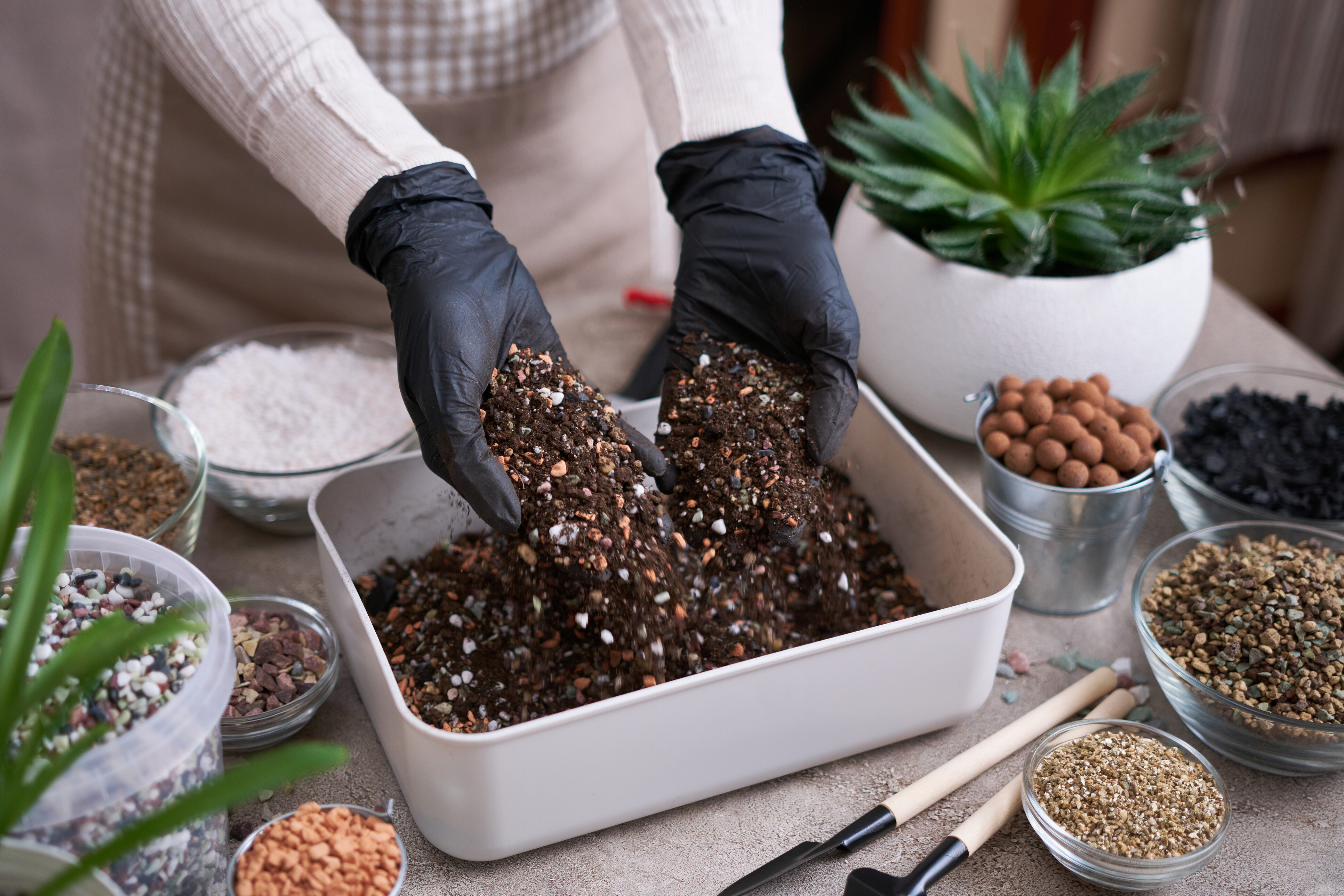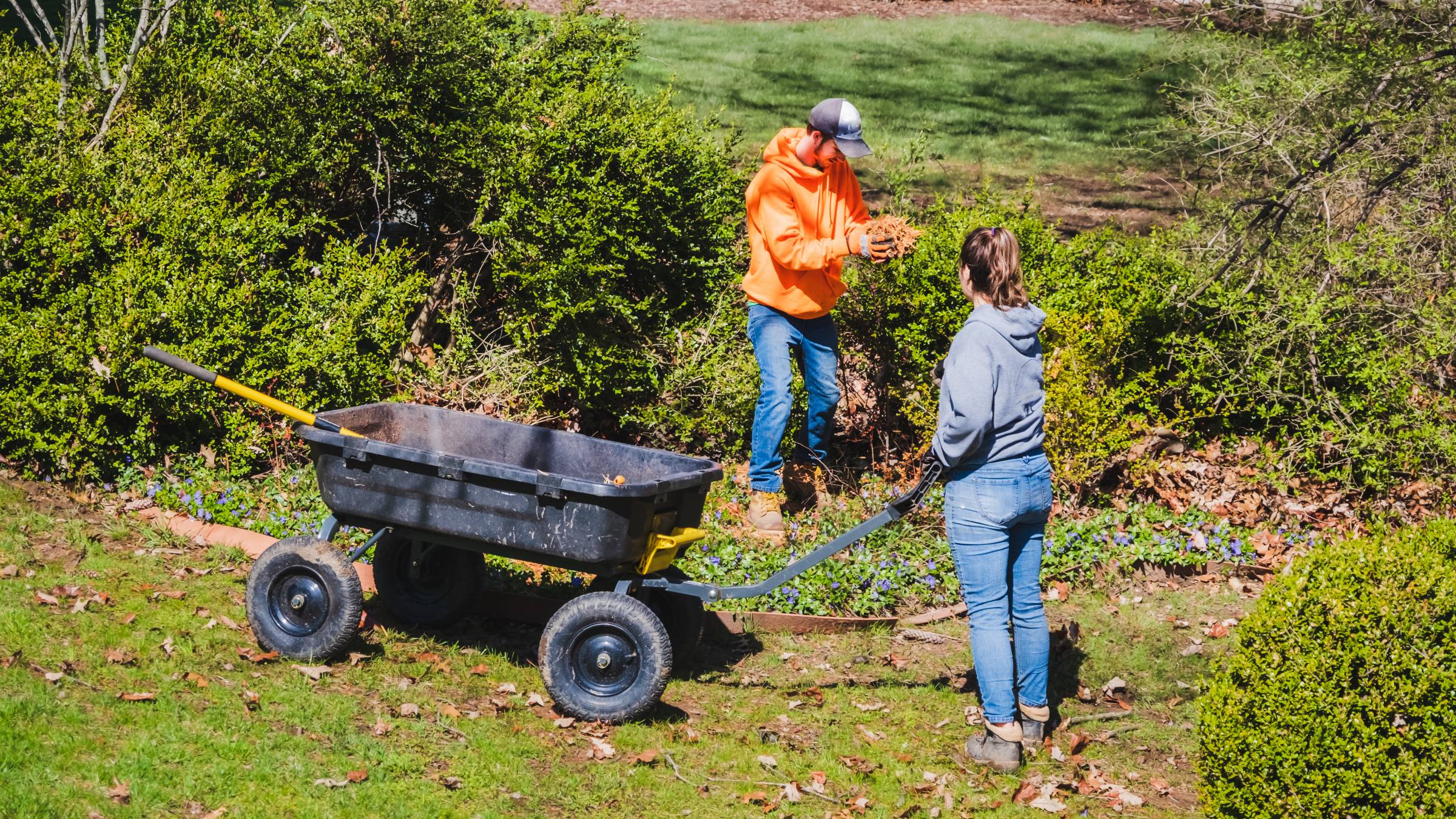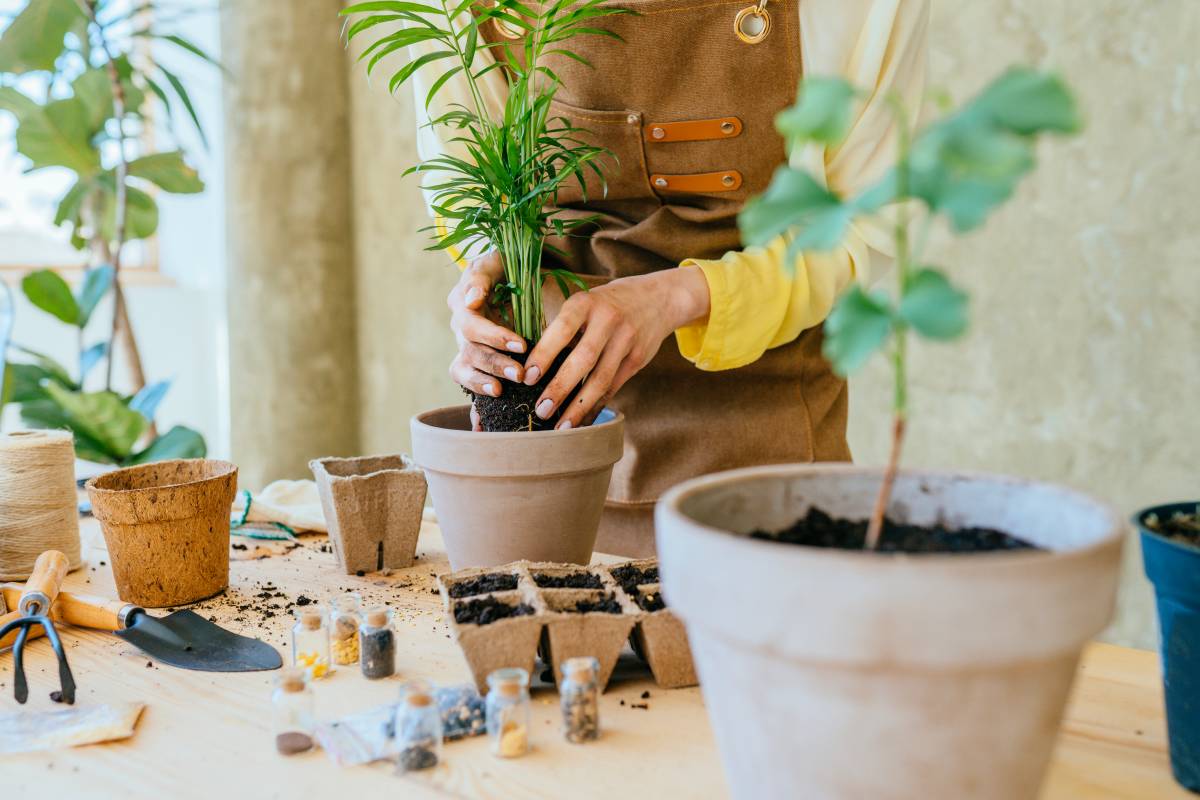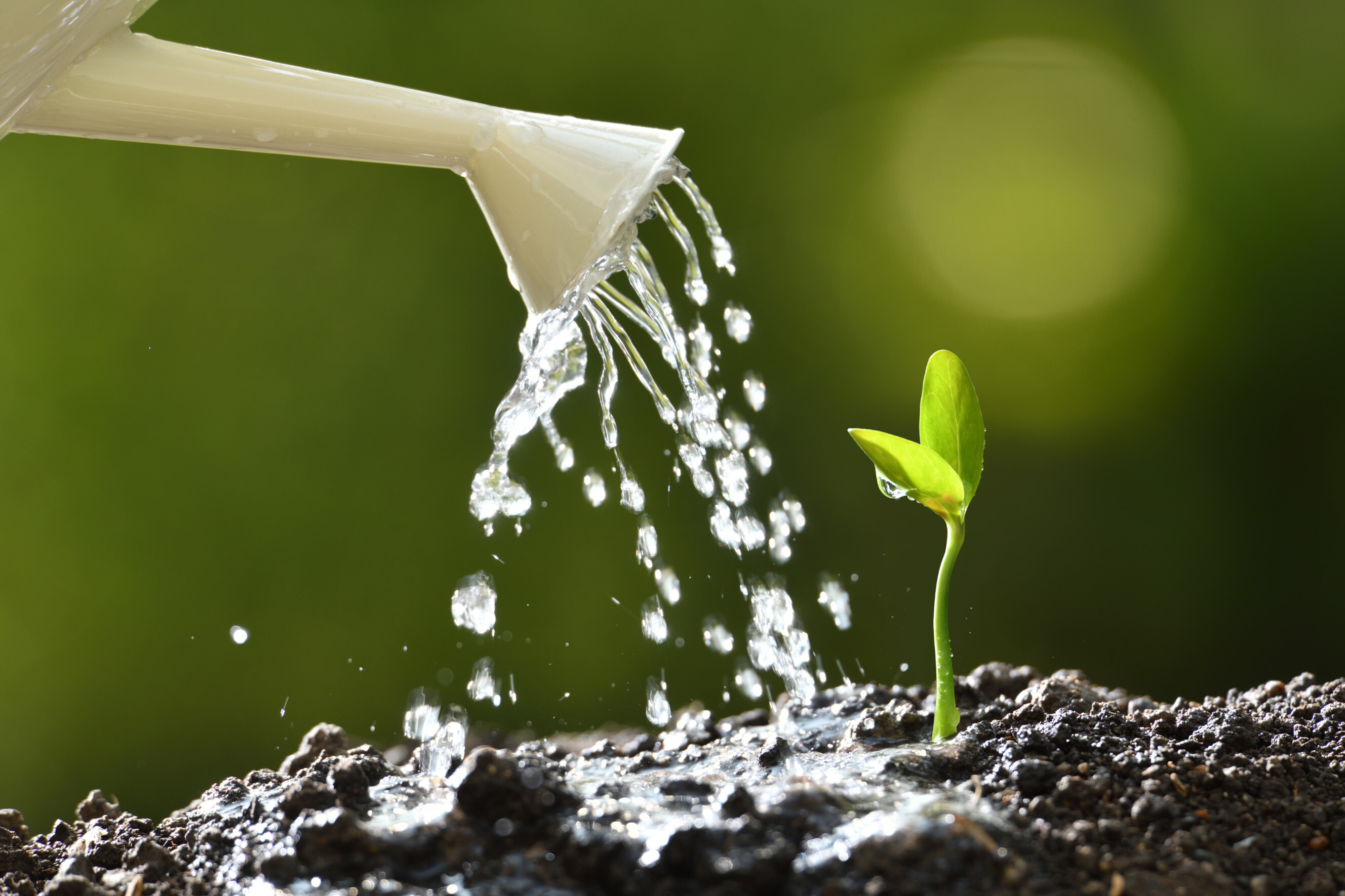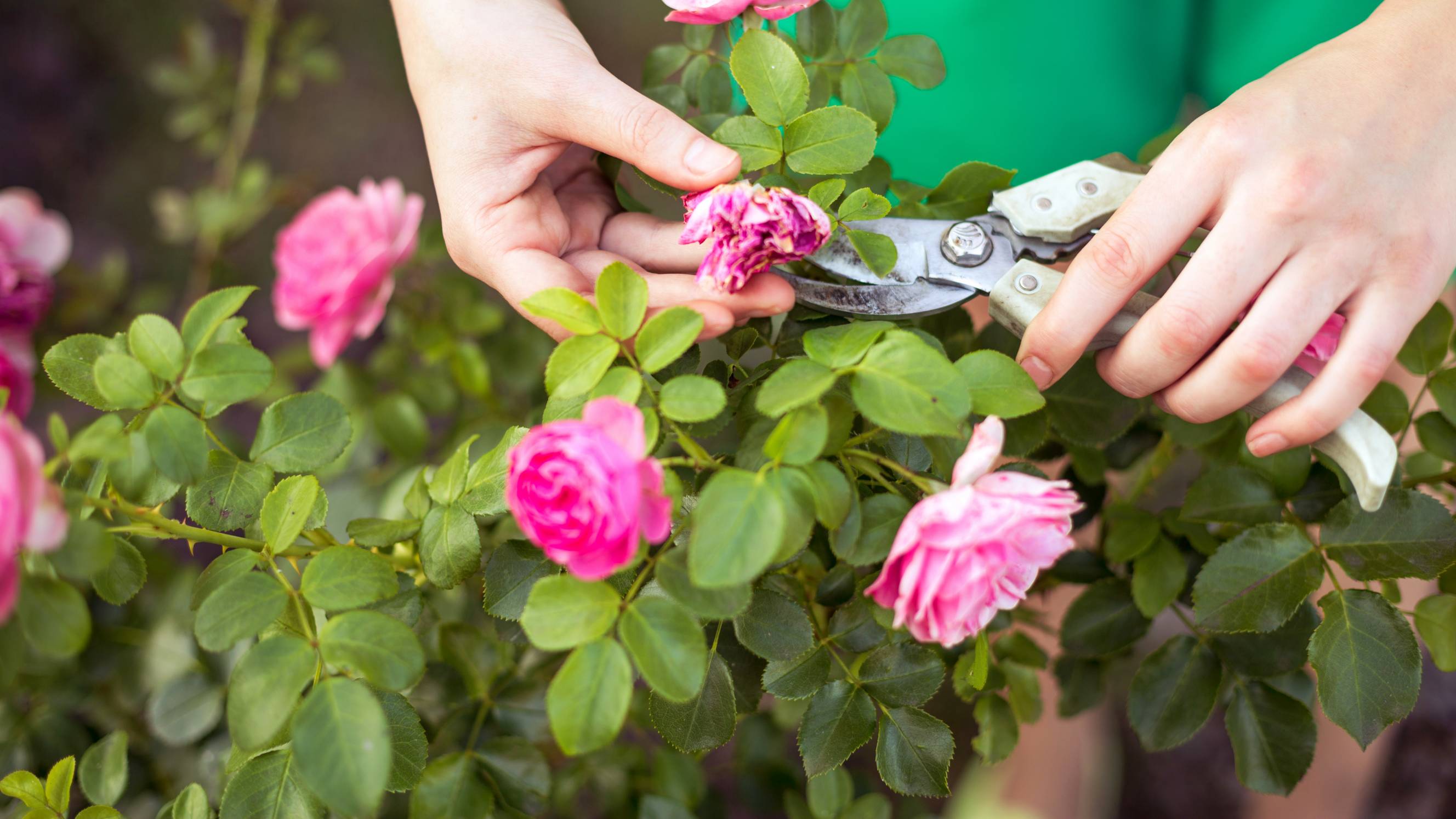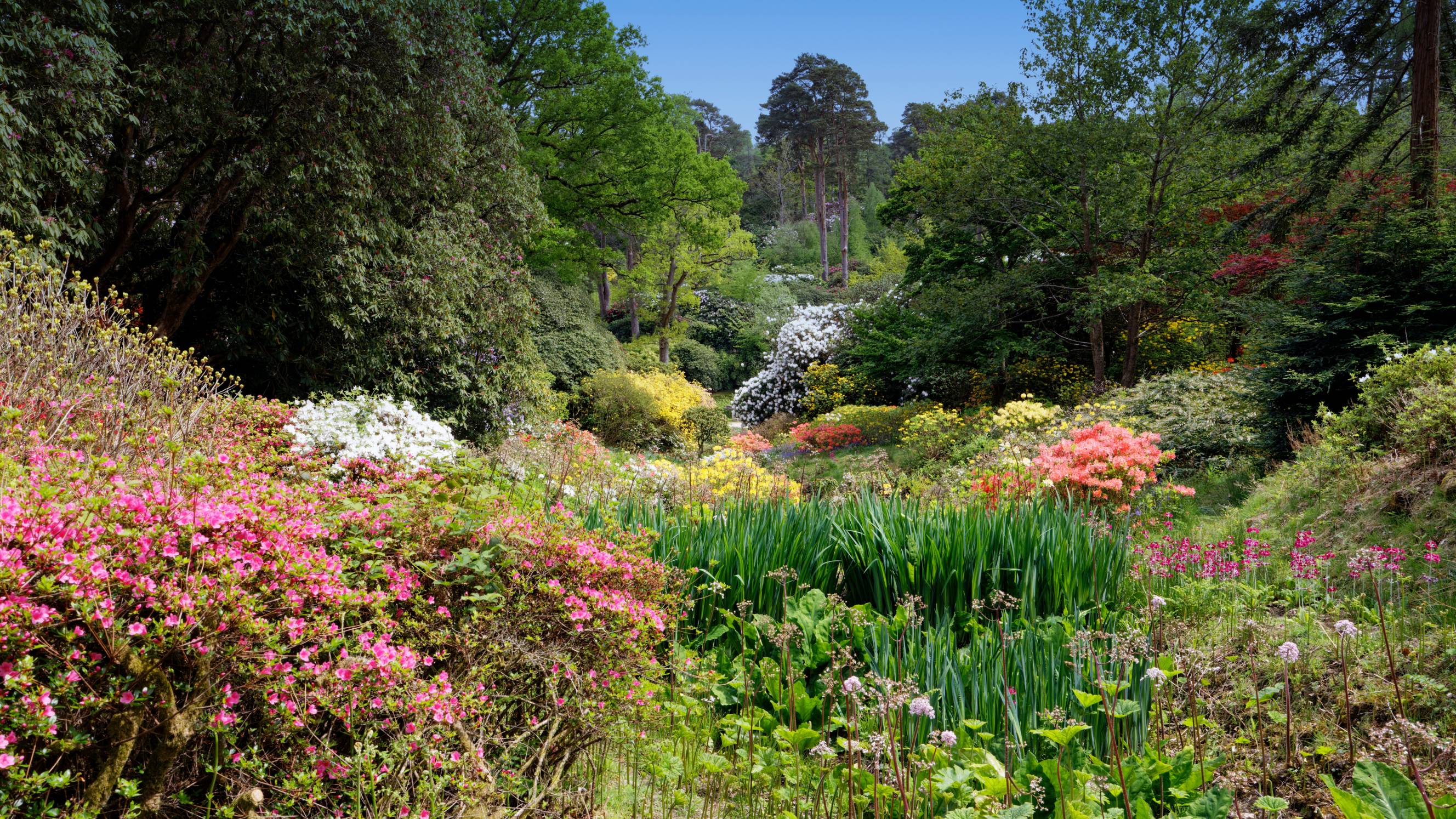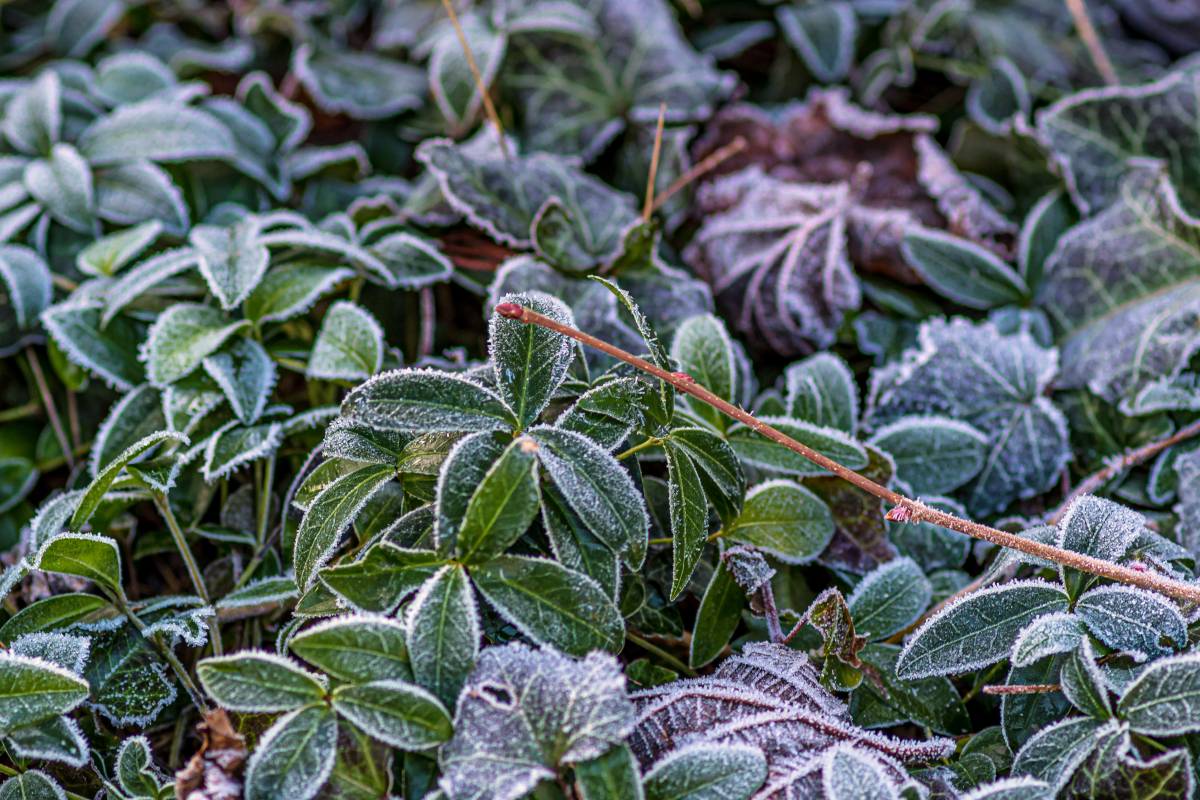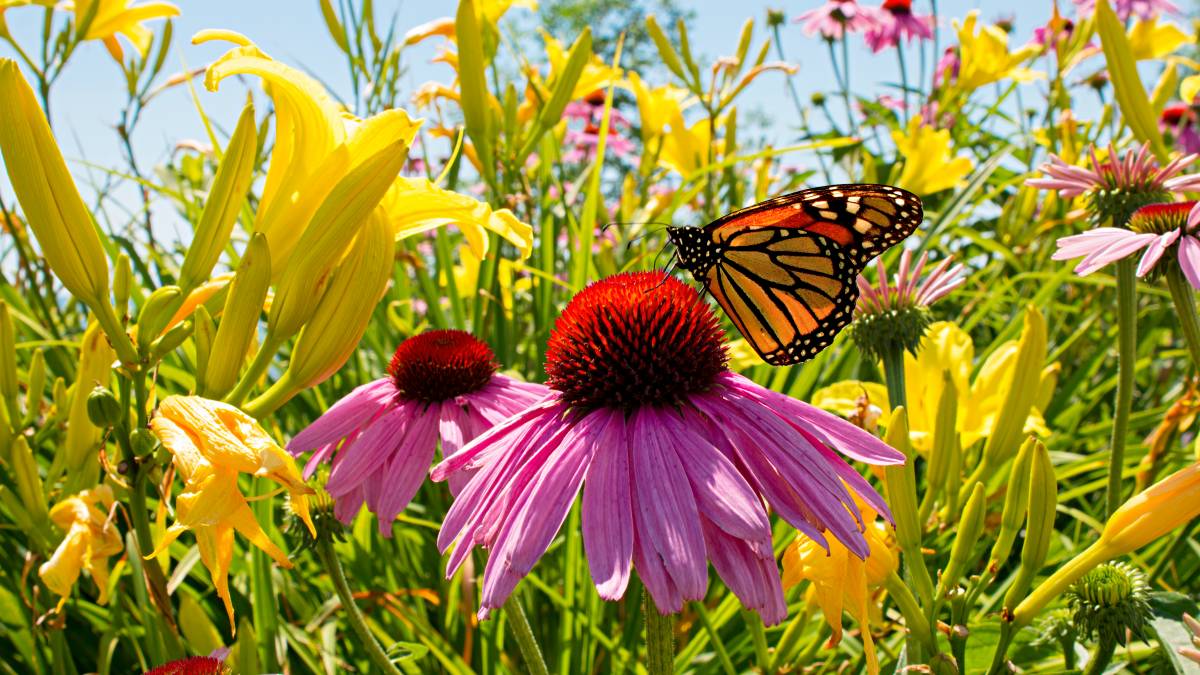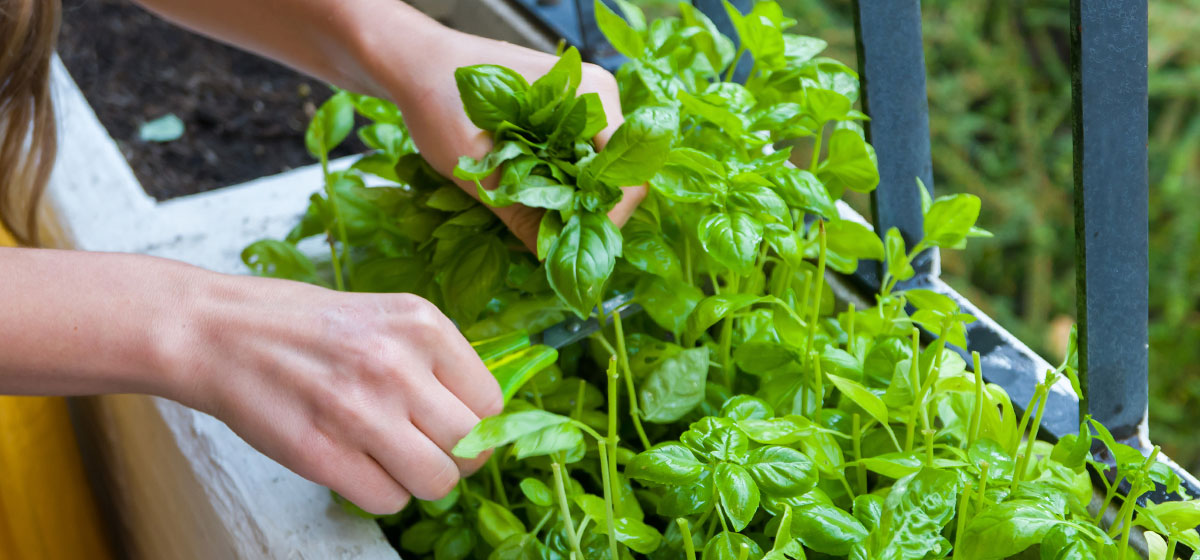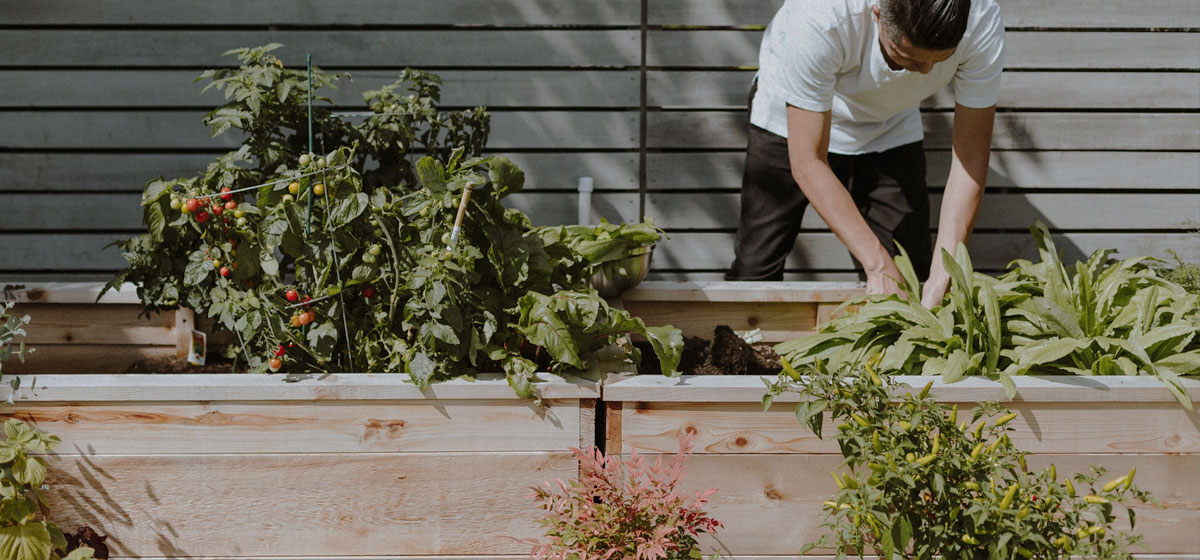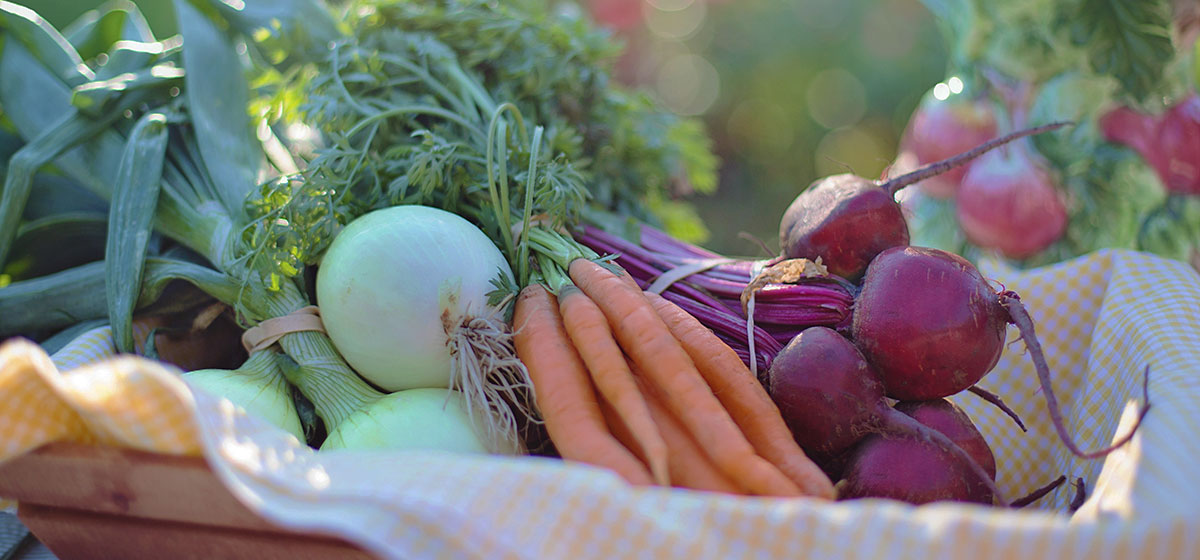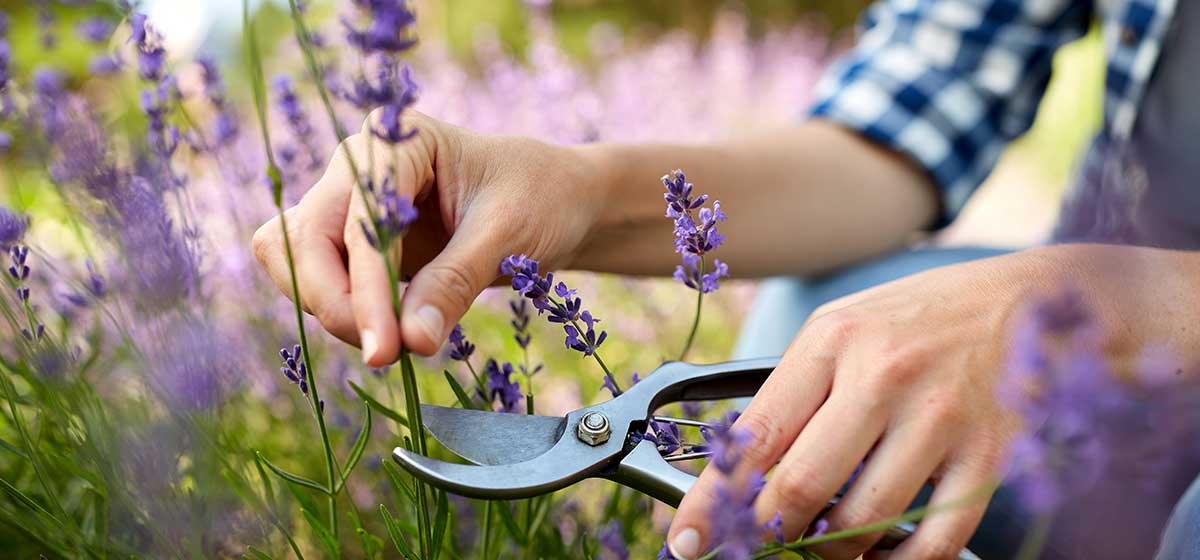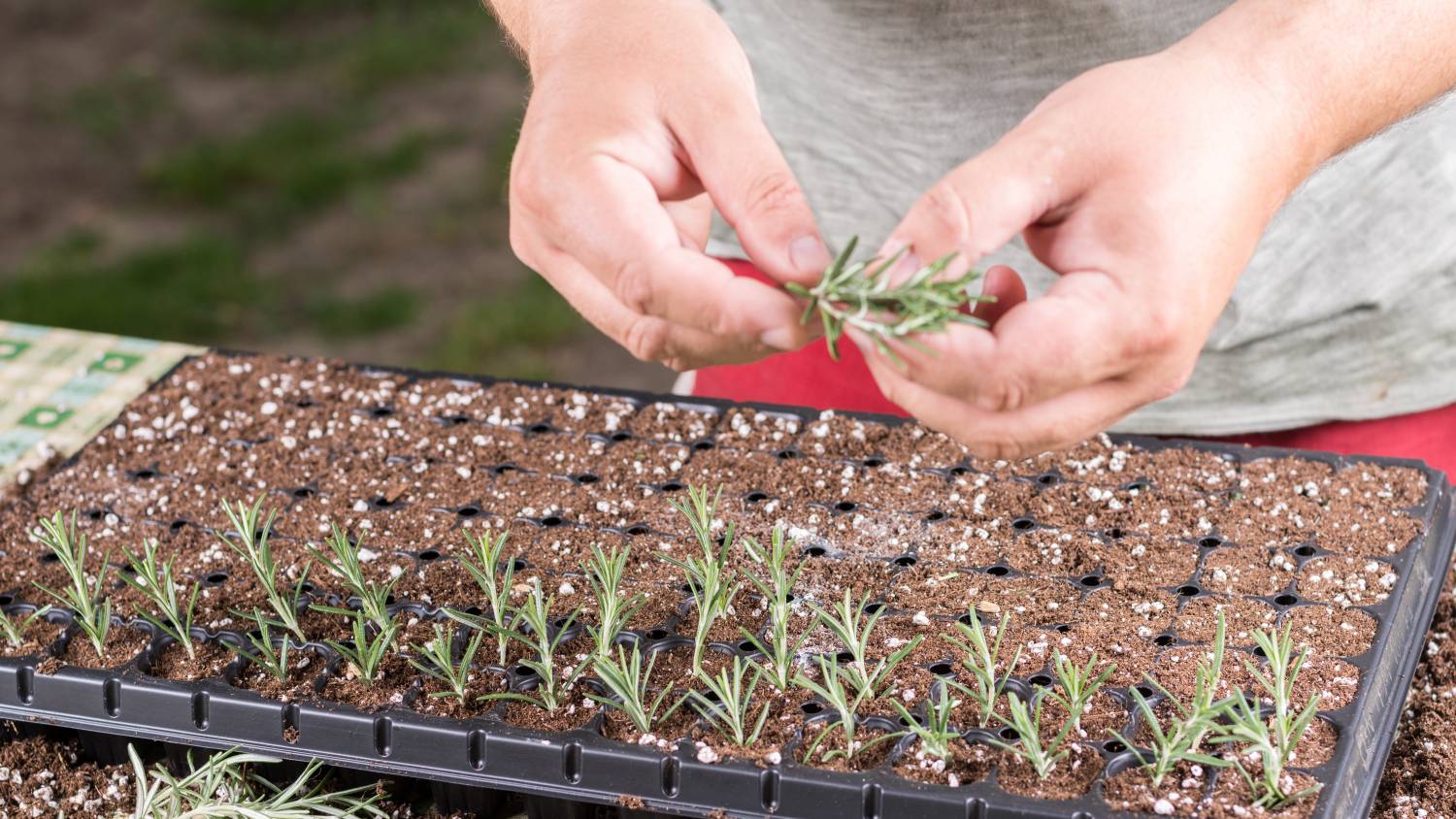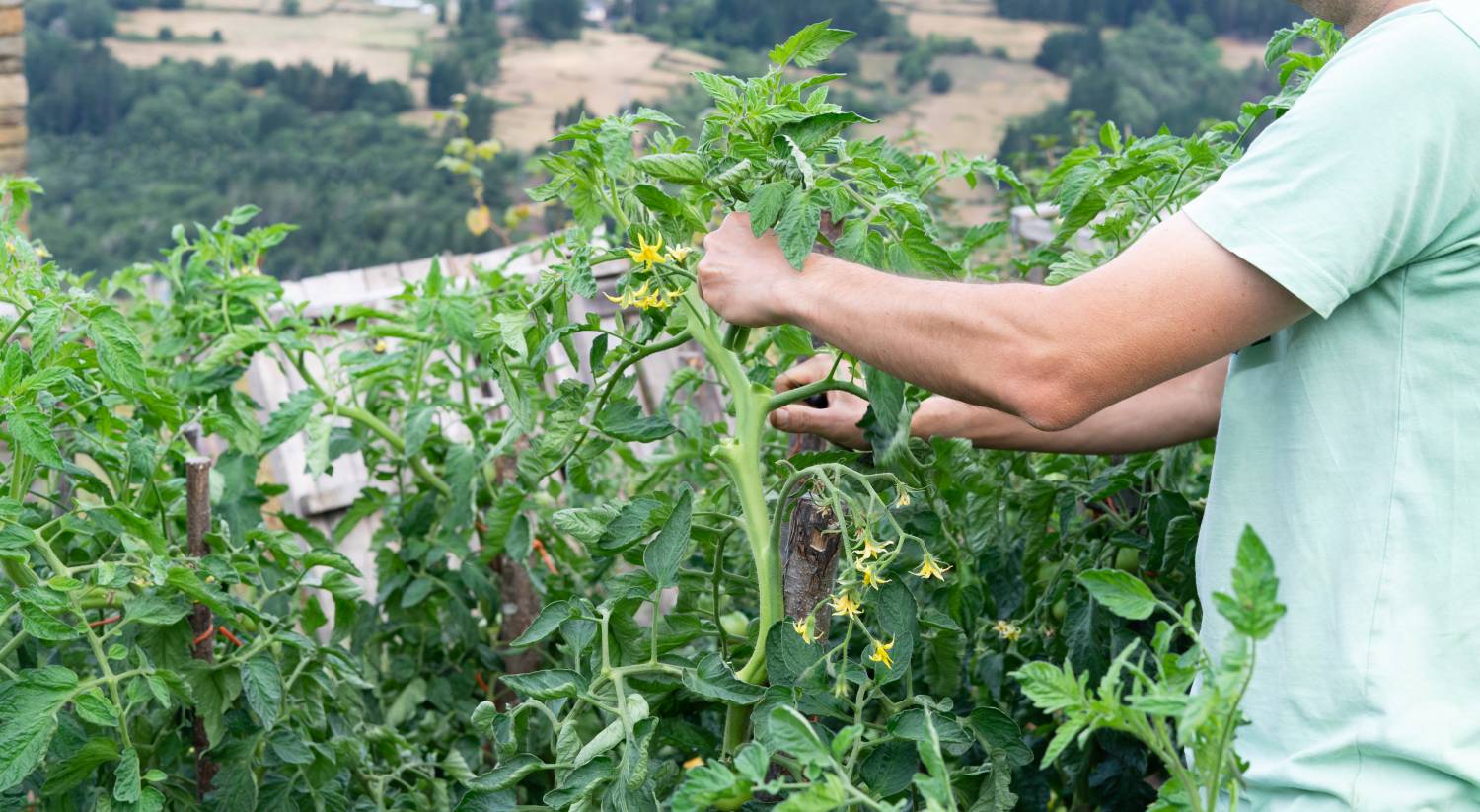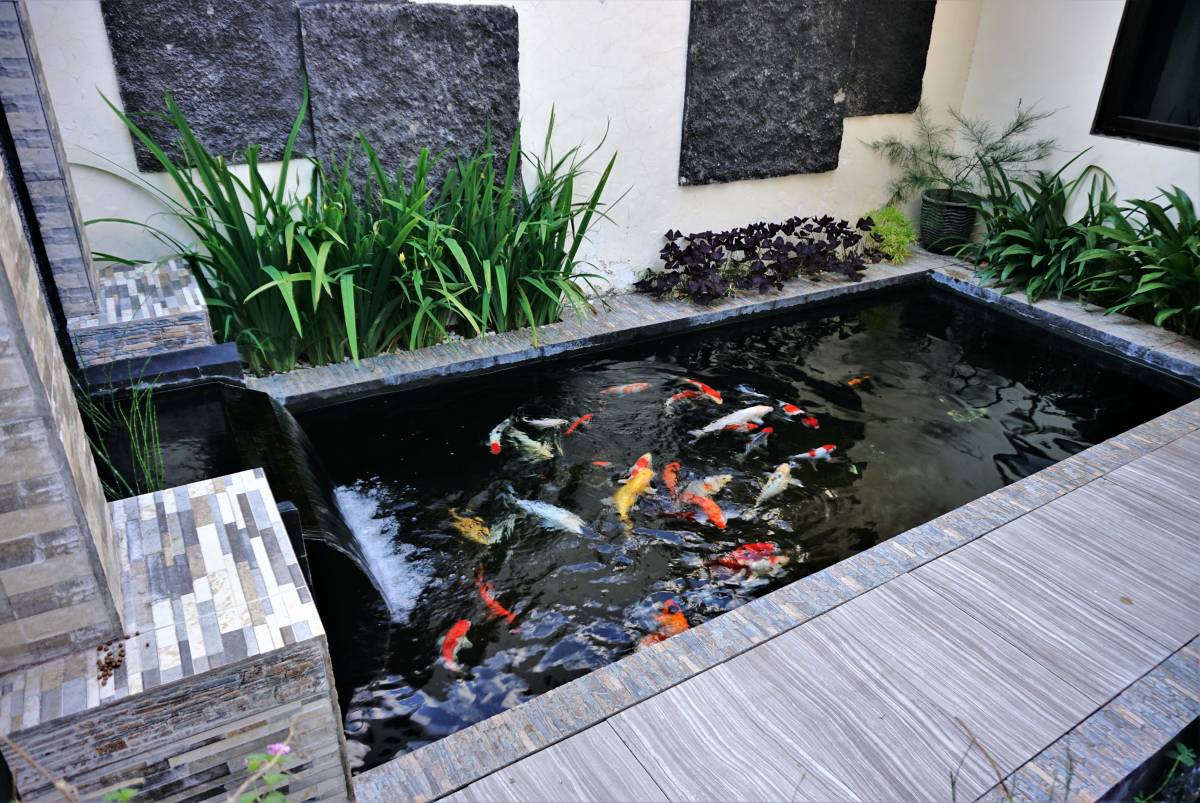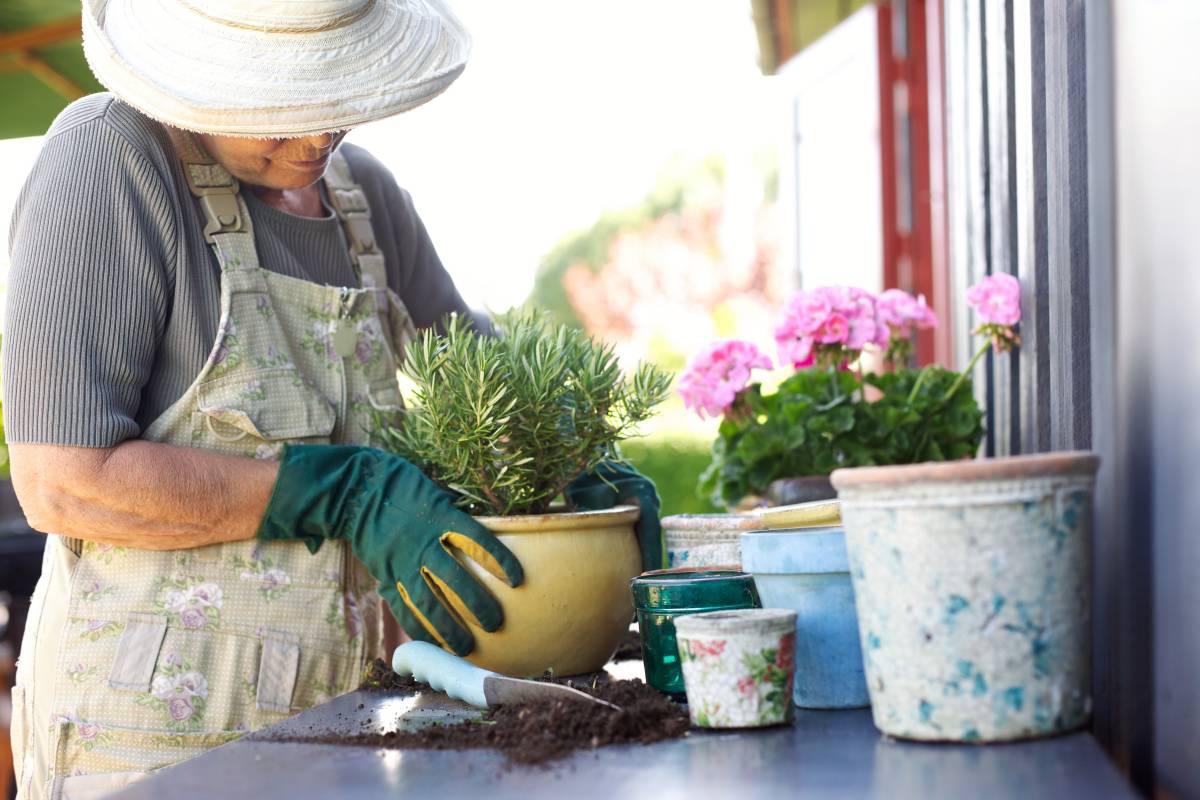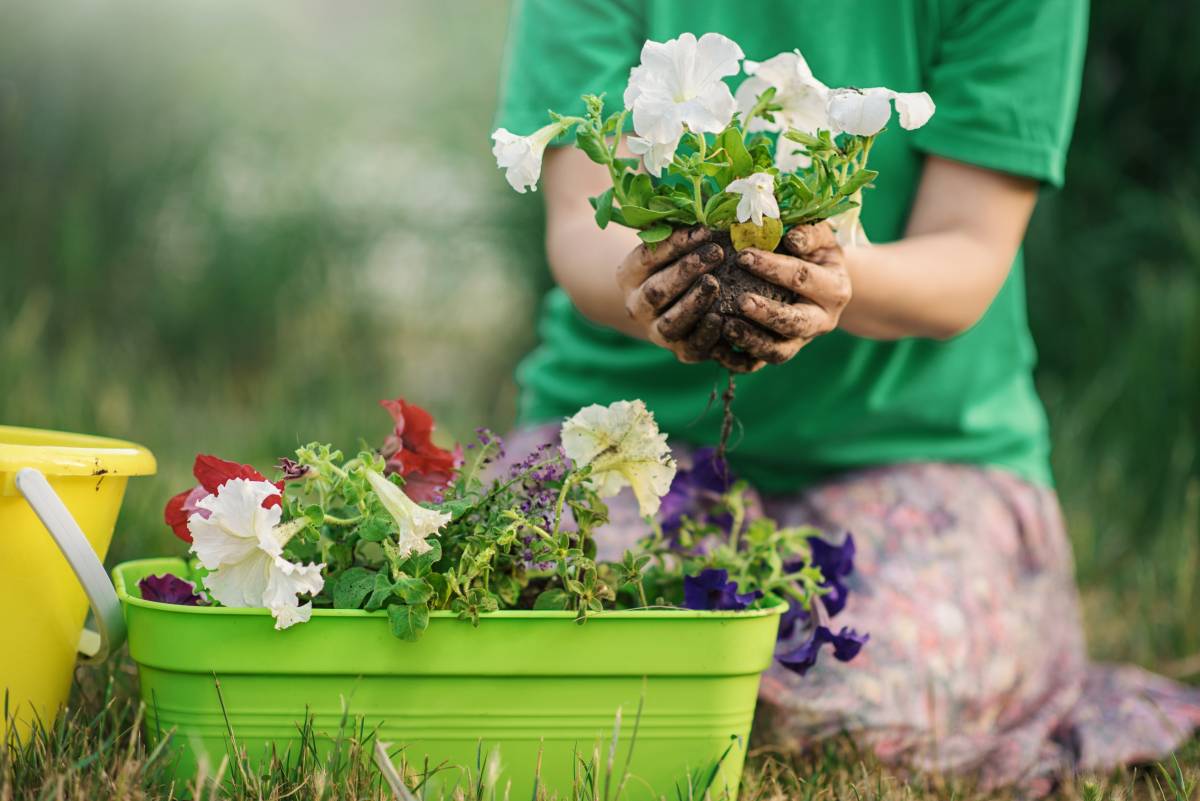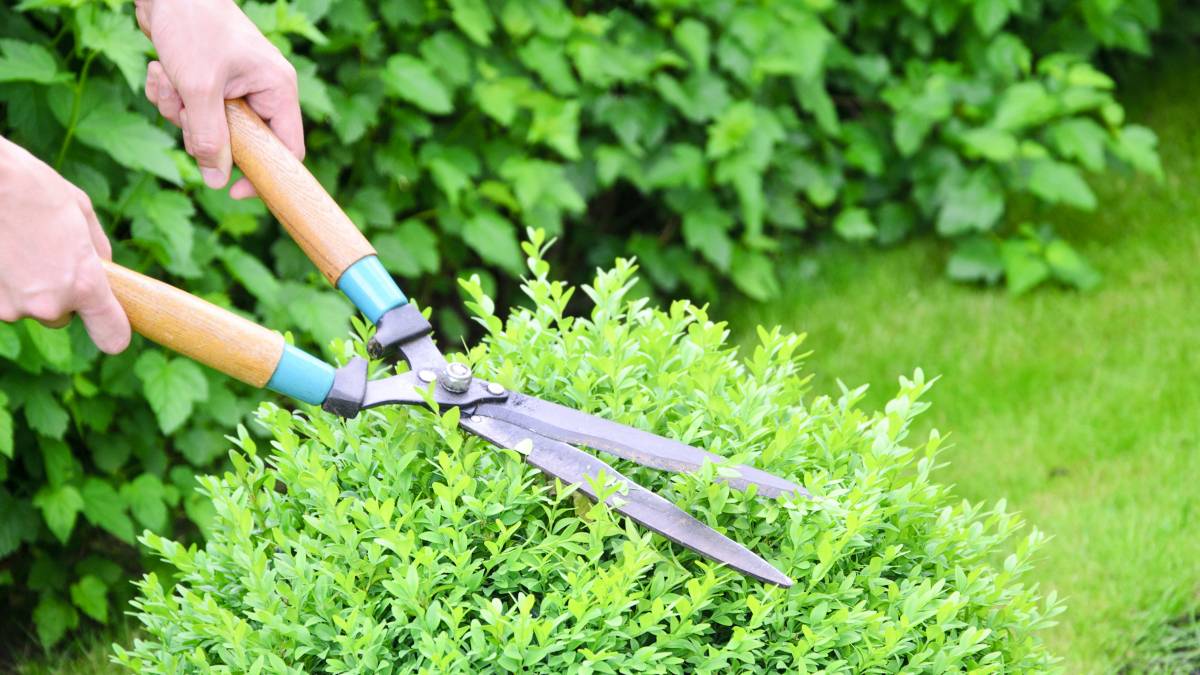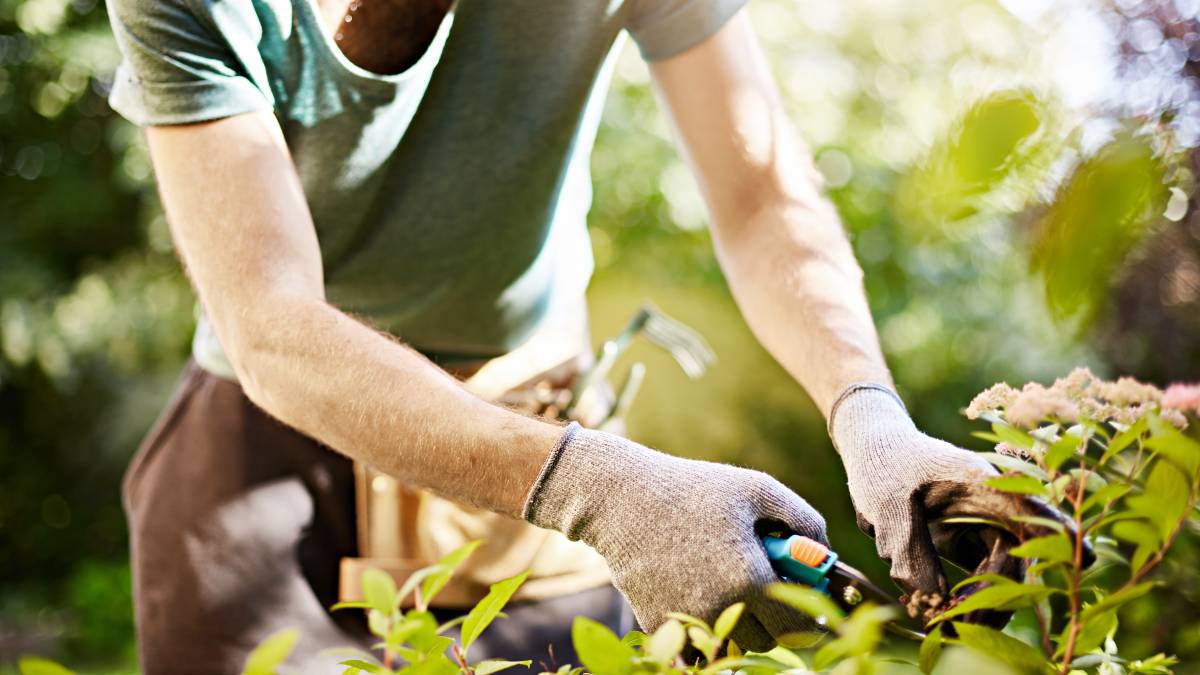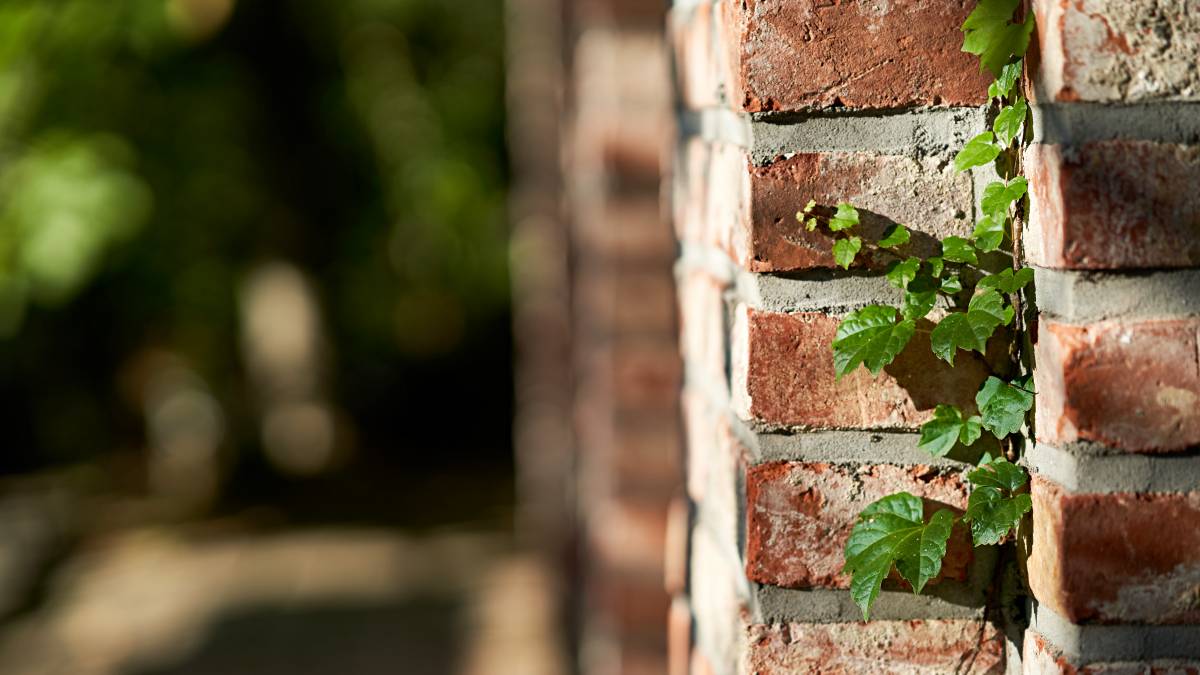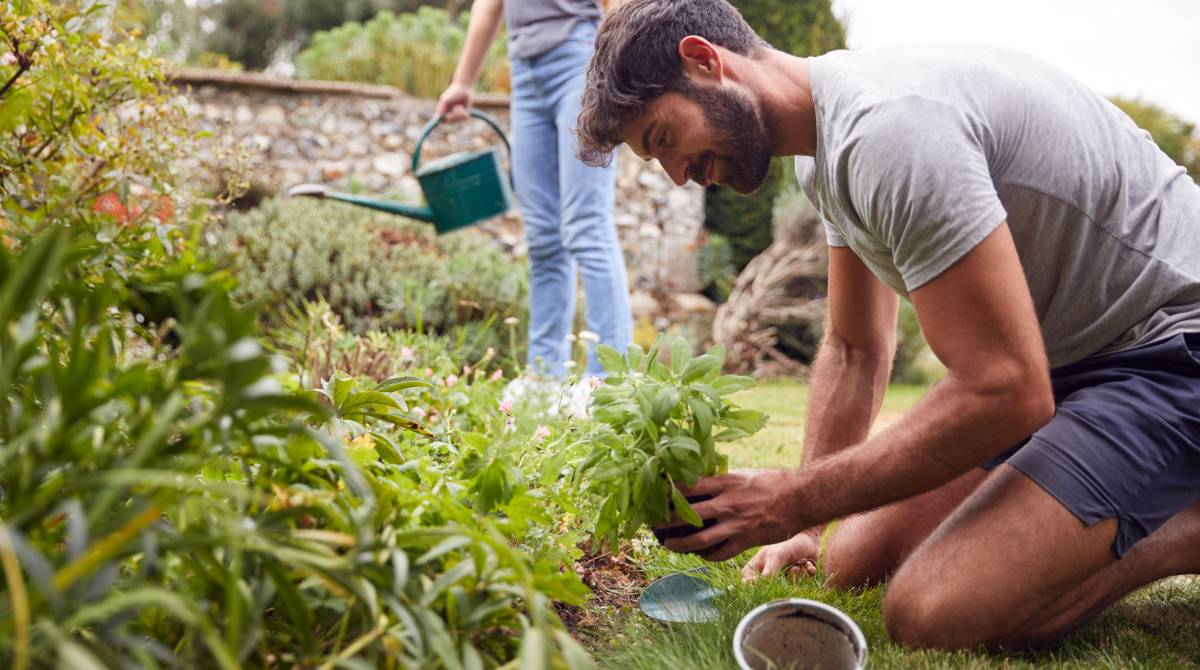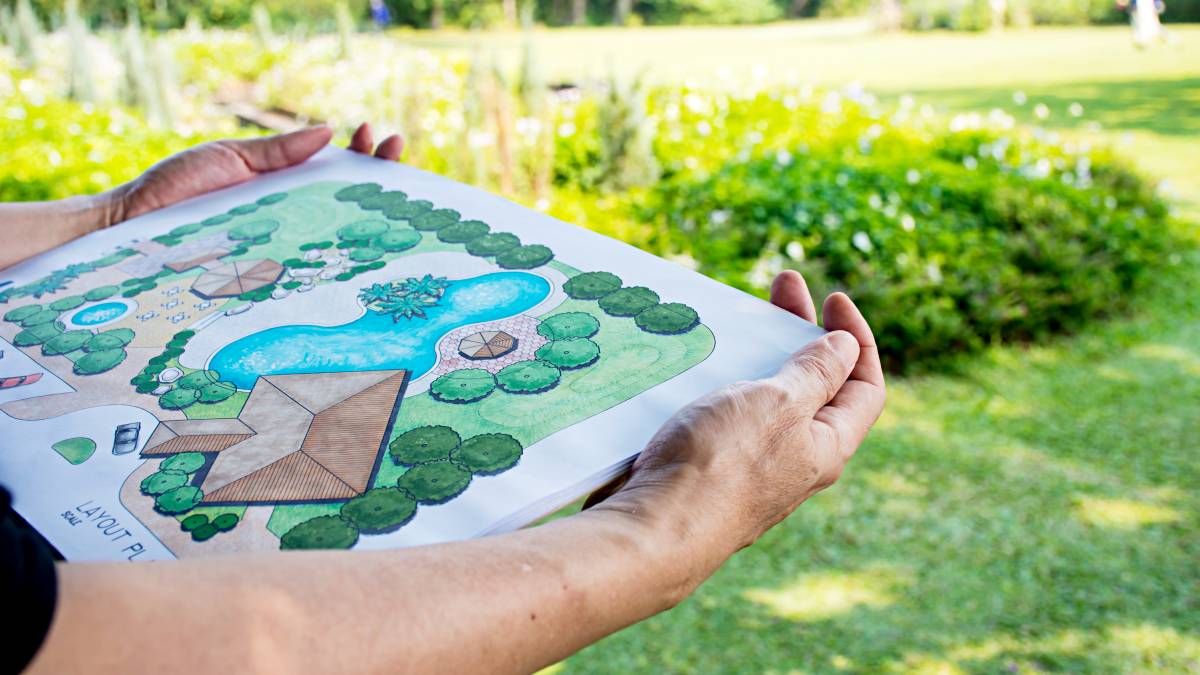- Home/
- Guides/
- Garden Tool Repair/
- Essential Gardening Tools
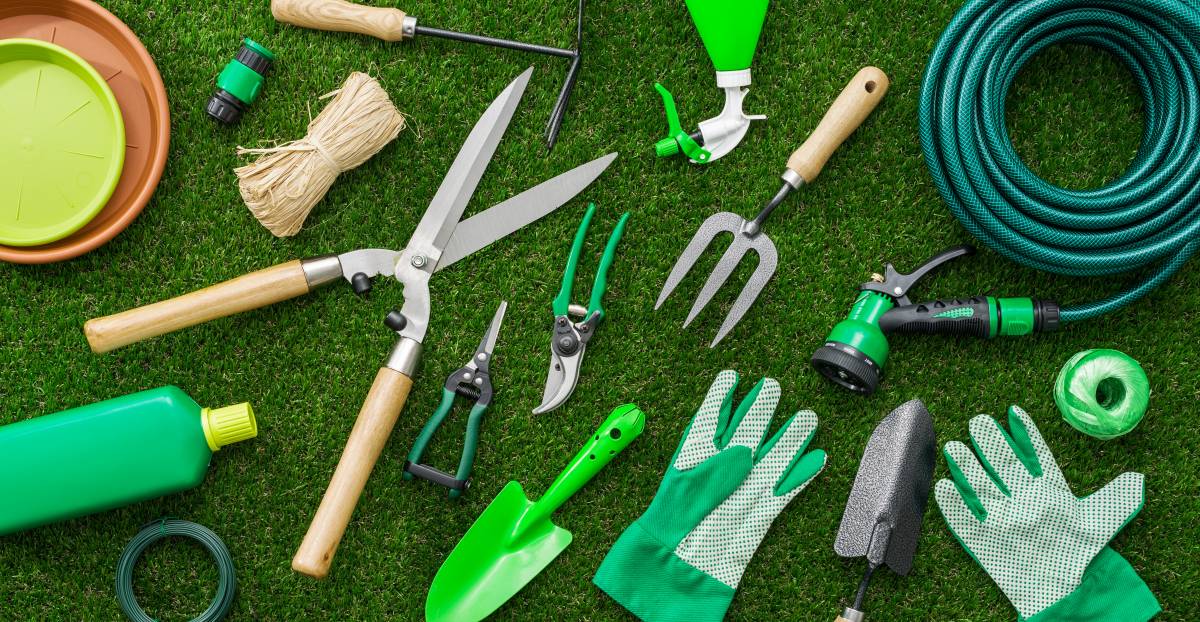
14 Essential gardening tools for beginner to pro gardeners
Are you new to gardening or planning to monetise your skills? Make sure you have these essential gardening tools.
Explore gardening jobsLast Updated on
Gardening is a terrific hobby with many benefits. Besides allowing you time with nature, evidence suggests that gardening can improve your mental health and well-being.
Whether you’re new to gardening or planning to monetise your gardening skills, you should be familiar with the essential tools every gardener should own. This guide walks you through the basic items to the advanced equipment you may need in your gardening journey. By the end, we hope this will help you identify which gardening tools you need depending on your skill level.
What gardening tools do I need?
Depending on how invested you are in gardening, you may need several tools to start. If you've already got your basics covered, you'll eventually move on to bigger gardening equipment and may even use these to offer gardening services to your neighbours and friends.
These tools are available at most DIY centres or gardening supply shops. In no particular order, here are essential gardening tools for beginners to professionals.
Garden tools for protection and comfort
1. Gloves
The right pair of gloves can make your gardening tasks less tiresome and painful. When buying gloves, prioritise comfort and get a pair that fits well. The gloves should neither be too tight to feel restrictive nor too loose to risk coming off while working.
Gardening gloves come in at least two types of thickness and weight, so consider their uses:
Thinner, lighter gloves
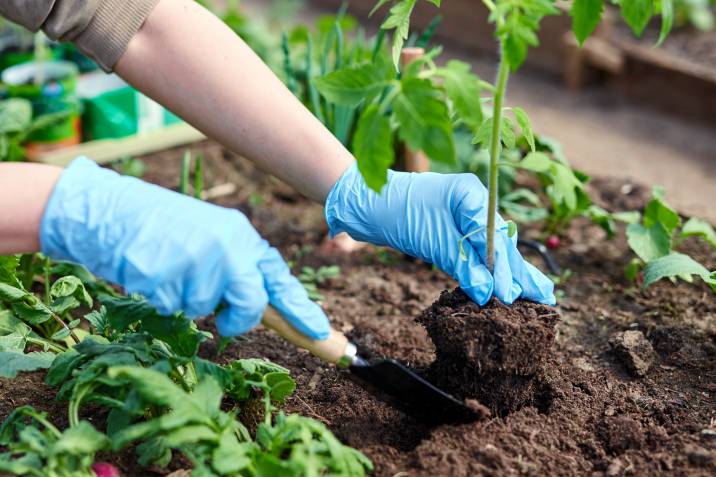
Allows for better dexterity and touch to do tasks like potting and planting
Gives protection from dirt and insects
Heavier, thicker gloves
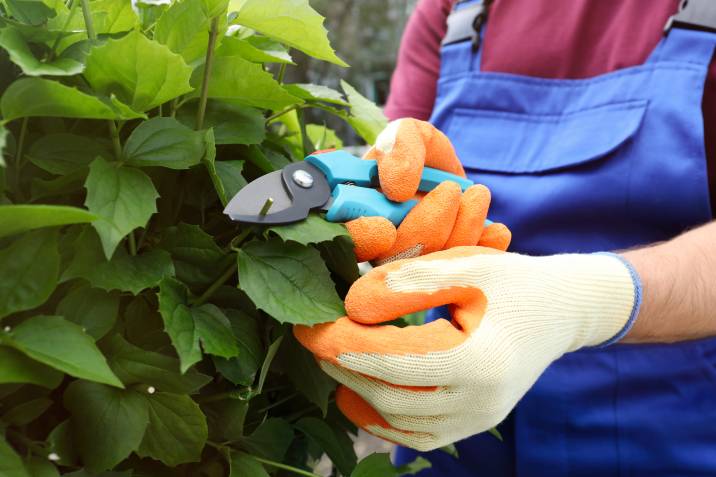
Best for handling garden hand tools and garden power tools for long periods
Provides a good grip and protection from blisters
If you’re going to do both light and heavy gardening tasks, don’t rely on only one pair; Get both types of gloves. To maximise your comfort and protection, make sure the gloves are made of sturdy, breathable, and water-resistant material. Also, follow the manufacturer’s instructions for proper use, care, and maintenance.
2. Kneeling pad
Standing or stooping down to work on your plants isn’t feasible, so you’re likely to kneel on the ground. A kneeling pad can lessen discomfort.

Kneeling pads come in a variety of shapes and sizes. Some kneeling pads also have side pockets and serve a double purpose as a garden tool bag. Choose a kneeling pad that’s thick enough to cushion and protect your knees as you work; Your back will thank you for this tool!
Garden tools for working on soil
3. Hand trowel
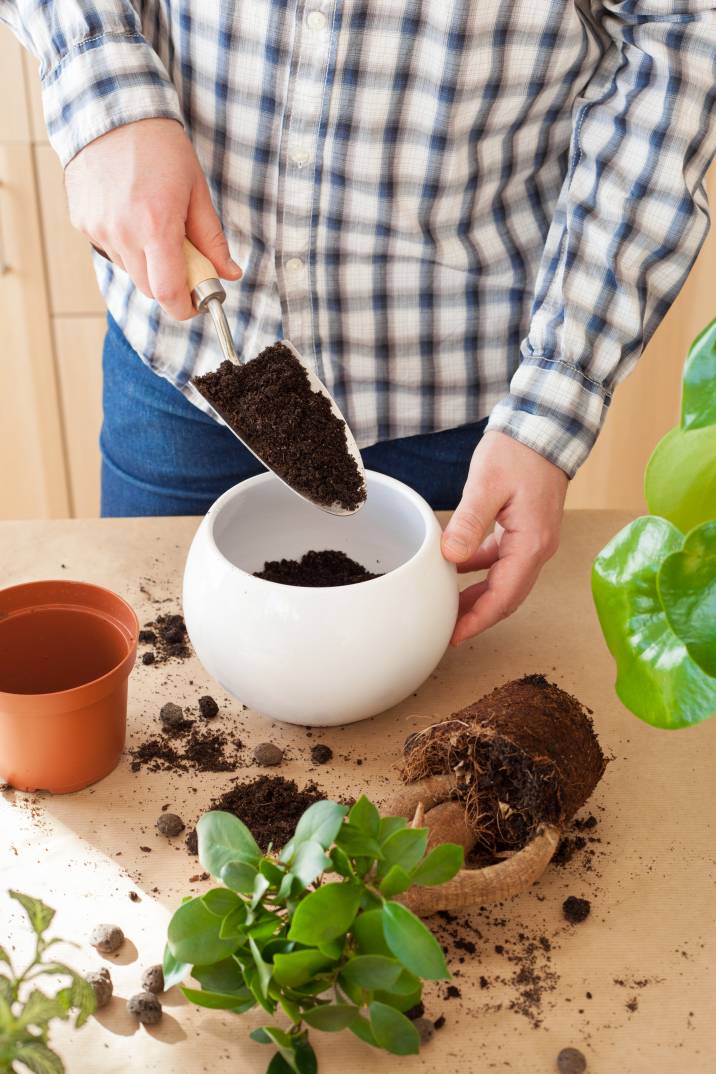
No gardening kit is complete without this garden hand tool. Also called a garden shovel, this miniature spade is for digging new holes, transferring plants, and digging out weeds. You may see slight variations in their shape and design, but all hand trowels come with a short handle and a narrow, convex-shaped shovel that tapers to a point.
4. Hand fork
Hand forks are essential for removing stubborn weeds. For this reason, they’re also called weeding forks. This is a smaller version of your typical digging fork, and it has three sharp, sturdy tines. Hand forks are also used to aerate and prepare the soil for seedlings. Its compact size makes it perfect for working in small, confined spaces like plant boxes or plant beds closely packed on your plot.
5. Rake
You’ll need a rake to clean and clear debris like piles of dead leaves. A rake is also useful for loosening the soil and breaking up clumps of tightly-packed dirt. You can find rakes with perfectly straight or curved tines for easier gathering of soil and debris.
6. Spade
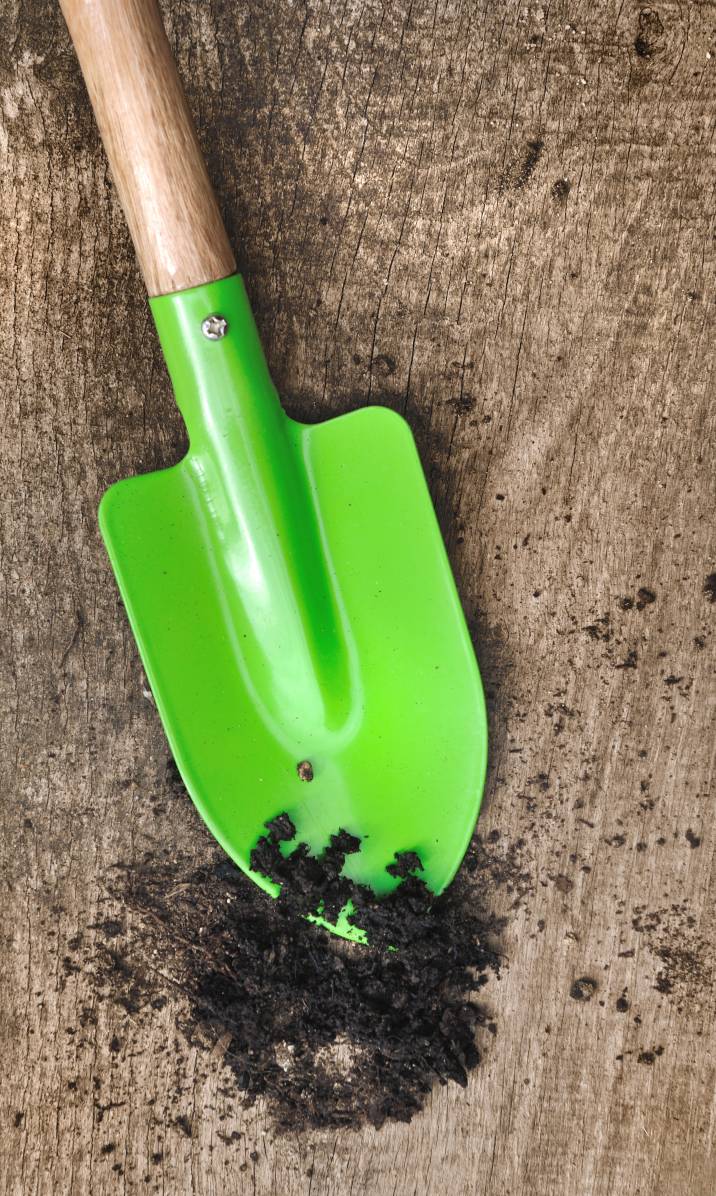
Get a garden spade with a sharp point for digging holes and transferring soil. You may choose a traditional long-handled spade or a smaller, short-handled one for confined spaces. For greater durability, choose a spade with an angled scoop made of metal.
7. Wheelbarrow
A wheelbarrow makes transporting small loads at short distances less tiresome. You can transfer plants, soil, gardening supplies, and gardening tools in one go.
Choose a wheelbarrow with a comfortable height and is made of quality materials. Most wheelbarrows come with real wood handles, a metal chassis, and a metal tub, but a heavy-duty polyethylene tub is acceptable. Get a wheelbarrow with a tub of at least 6 cubic feet/ 0.2 cubic metres in capacity.
Garden tools for pruning and trimming plants
8. Secateurs
Secateurs are necessary for precise pruning or cutting work on plants, such as removing dead leaves and branches. You can also use secateurs for grafting or removing small growths on trees.
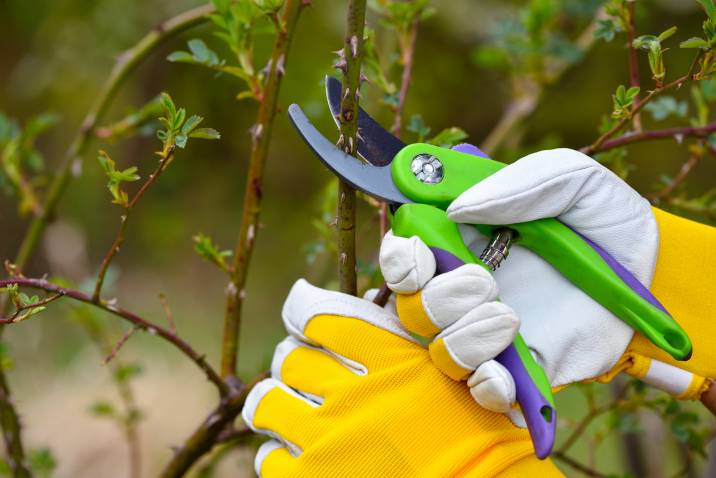
Choose a pair of secateurs that are comfortable in your hand and don’t require much effort when cutting. You’ll have to clean the tool and sharpen the blade after each use. Or you can hire a garden tool sharpening service if you don’t have the time or proper sharpening tools.
9. Garden shears
Many types of garden shears exist, but a pair of sturdy hedge shears will do for now. You can get a long-handled garden tool that looks like a pair of scissors with long blades. This tool is useful for trimming thicker, tougher branches on shrubs and hedges. The large blades and two-handed operation allow you to do long, straight cuts and trim several branches at once.
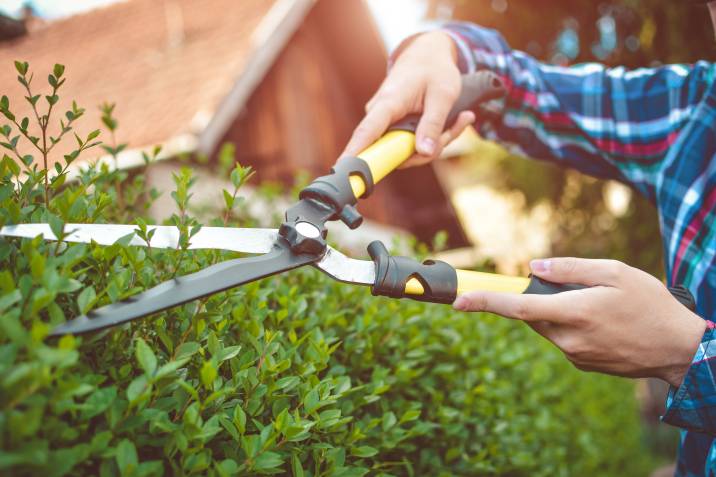
You can invest in other specialised shears later on as your skill improves and as you try your hand at other types of plants.
Some examples of specialised shears include:
Parrot beak shears - Shears that look like a parrot’s beak; Used for snipping flowers
Lopping shears - Long-handled pruners for cutting thick branches
Needle-nose pruners - Straight, long-bladed pruners for trimming small branches on flowers, fruits, and herbs
Thinning shears - Narrow, long blades designed for precise cutting of small plants, including bonsai
Garden maintenance tools
10. Garden hose
A garden hose is the most efficient tool for watering plants, as your garden needs enough water to grow and stay healthy.
For better coverage and to avoid wasting water, choose a garden hose with an adjustable nozzle. An adjustable nozzle can regulate your garden hose’s water pressure and spray radius with a simple twist.
11. Watering can
Get a watering can even if you have a garden hose. A watering can is especially useful if you’re a beginner working on a few potted plants or a small plot. What’s more, a watering can makes it easier to control the amount of water you pour onto your plants. Remember that it’s possible to overwater your plants with a hose and kill them.
You can choose from a variety of watering cans of different materials and sizes, but take note:
Plastic watering cans cost less than metal ones but are less durable.
Metal watering cans must be made of galvanised steel to avoid rust.
Choose a can you have the strength to carry - a full 3.8 litre /1-gallon watering can weighs 3.6 kilograms!
You can get dual-handled watering cans for better grip and stability.
The handle should be in a position that lets you carry the can and tip it easily for watering.
Gardening tools for advanced gardeners
12. Telescopic pruner
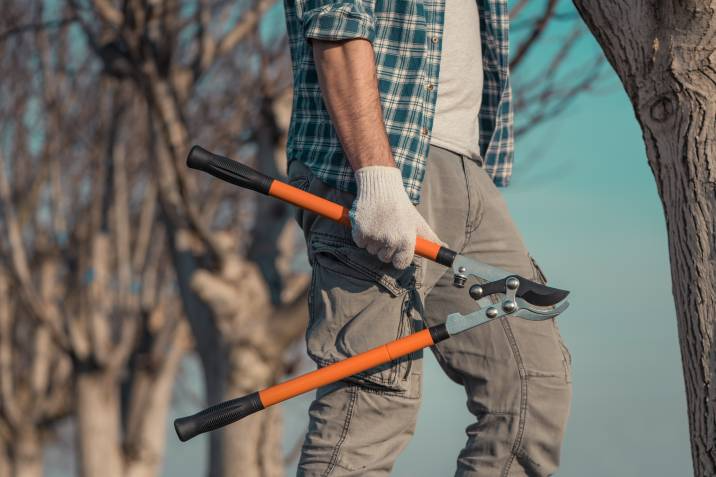
Also called lopping shears, telescopic pruners are great for pruning in the garden. It’ll be your go-to tool for remedial pruning, removing unproductive branches, and trimming and shaping your plants. They also come in different designs and are usually adjustable to fit your needs.
13. Lawn mower
For cutting long grass and tidying an overgrown garden, a lawn mower is your best bet. This is useful if you’re working on areas with a lot of space or cultivating plants that grow fast and need regular trimming and maintenance.
14. Garden hoe
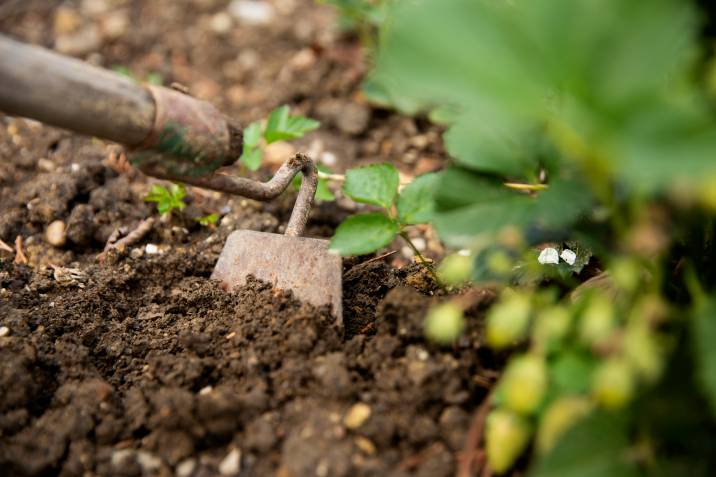
A garden hoe is one of the most ancient and versatile hand gardening tools, even predating the plough. This handy tool is what you’ll reach for when you’re ready to start creating furrows, cultivating soil, and removing weeds.
There are several types, and you’ll find that you’ll have more than one garden hoe in your toolkit as your gardening journey progresses. If you need to focus on removing weeds, go for a dutch hoe.
For tilling gardens and making long straight furrows, you may want to opt for ridging hoes. If you want to mound soil, drawing hoes could be another option for you to look into.
Tips on choosing and storing your garden tools
Each gardening tool can come in various designs, materials, and prices. Considering your safety and comfort can simplify your buying decisions and help you prioritise tools.
Here are some additional tips when putting together your gardening tools:
Don’t scrimp on the cost of the tools but don’t splurge either. Choose tools that are a balance of comfort, functionality, and your budget.
As for storage, don’t leave any of your professional gardening tools lying around in your backyard or garage. You can hire someone to build you a small garden tool shed where you can properly store your tools.
Modify this list as needed to cater to your preference and lifestyle. We've also put together a nifty list of gardening tools for seniors and persons with disability. The most important thing about gardening is that you enjoy it—and that you're comfortable while doing it!
☞ Learn more: Gardening basics
Garden tool maintenance is a must
Proper and regular maintenance is key to maintaining quality garden tools. Remember to always clean your equipment after each use and regularly sharpen your garden tools.
If you're feeling pretty confident with your skills, consider finding gardening tasks on Airtasker. Earn money while doing what you love, and bust out your shiny new gardening tools for you to enjoy!
FAQs on gardening tools
Yes, powered garden tools can make gardening tasks easier and more efficient. Feel free to use gardening equipment that is new and innovative. Just remember that some power tools can be costly and overcomplicate your process. So, consider if you really need the equipment and are willing to put in the time to use and properly maintain them. You can always hire a gardening professional on Airtasker for the more complex gardening work.
You can start with long-handled hedge shears that you use with both hands for common gardening tasks, such as trimming hedges. There are several types of gardening shears. If you get confused with the wide array of designs and sizes, don’t worry! Start with the basic long-handled shears. You may also consider getting a pair of secateurs (i.e., pruning shears). Secateurs are used with one hand and are essential for delicate tasks like trimming smaller plants and grafting.
A spade or shovel is the most common garden tool for digging. There are several types of tools for digging, but the best tool is one that fits your garden plot and is comfortable to use. Buy a conventional-sized spade if you need to dig holes for larger plants or move more materials. Use a miniature garden spade if you work on small flower beds and more confined spaces. For easier digging, choose a spade with a sharp point.
Create your profile and start browsing jobs in minutes
Start earning now
Related articles
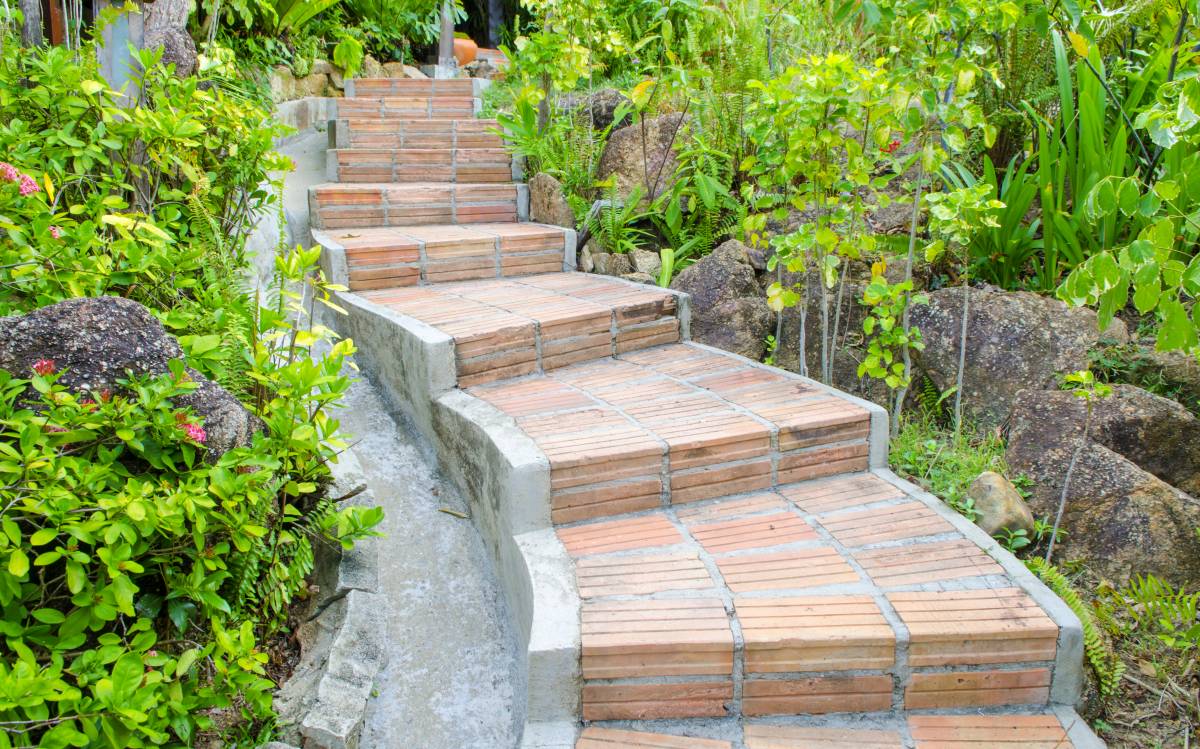
How to build garden steps
Read more
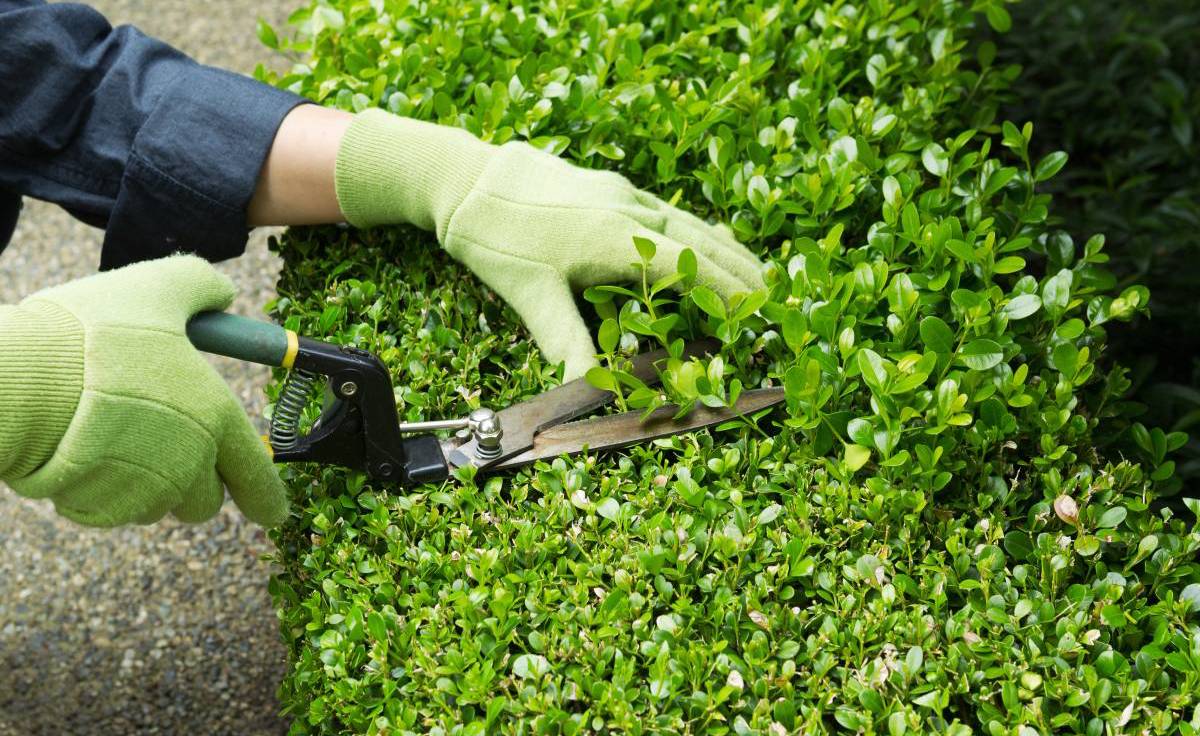
How to trim bushes the right way
Read more

13 best spring gardening tips
Read more
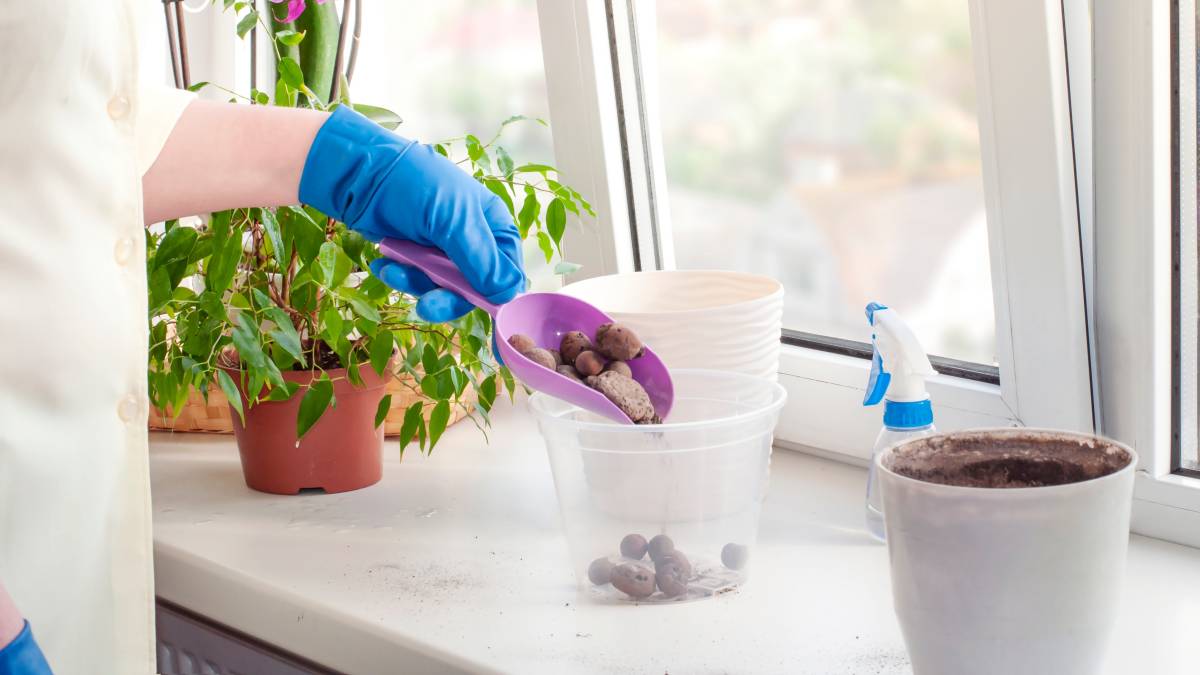
36 Quirky plant pot ideas you’ll love
Read more
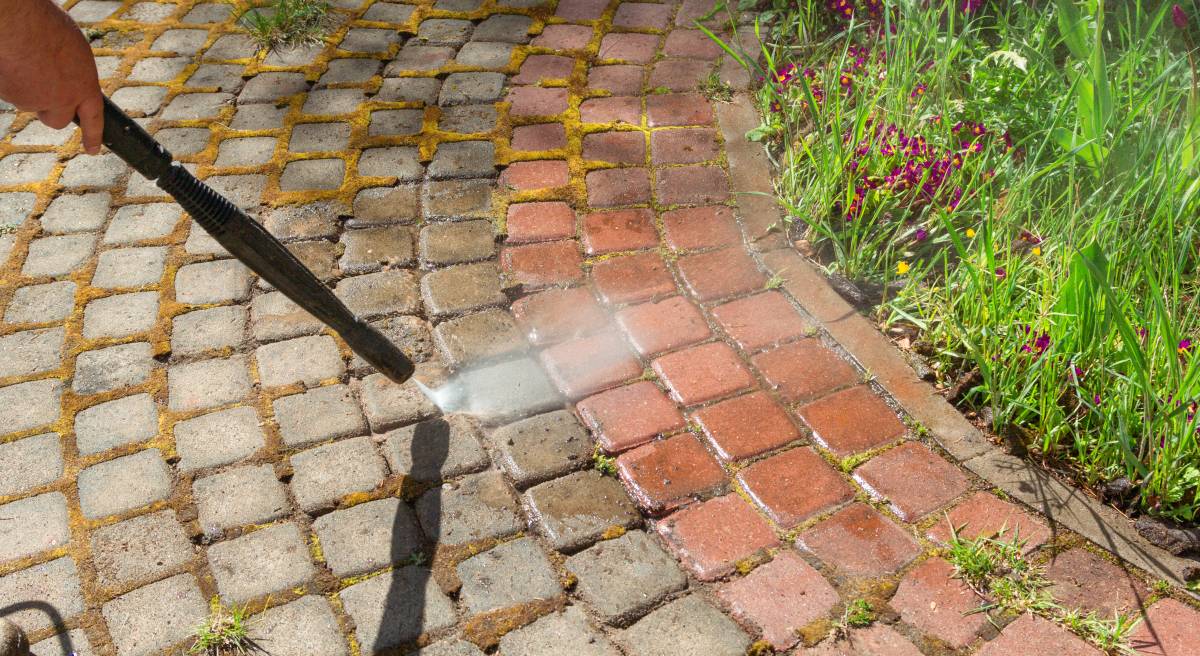
How to clean garden rocks
Read more
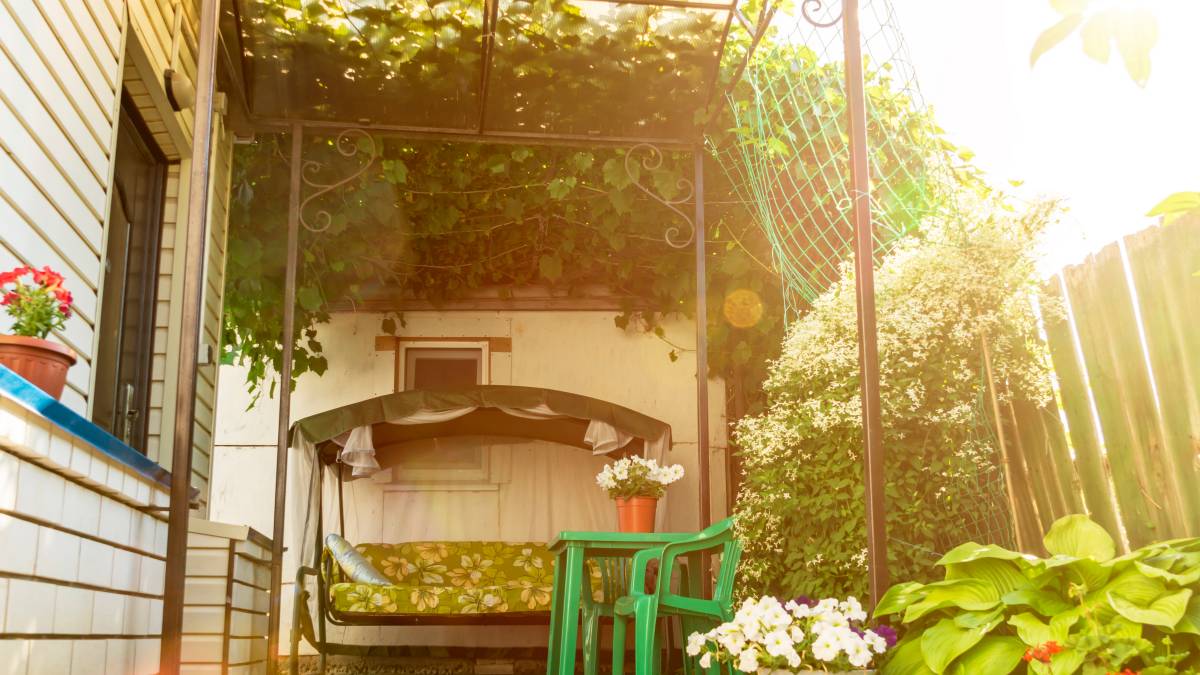
18 Garden canopy ideas you’ll love
Read more
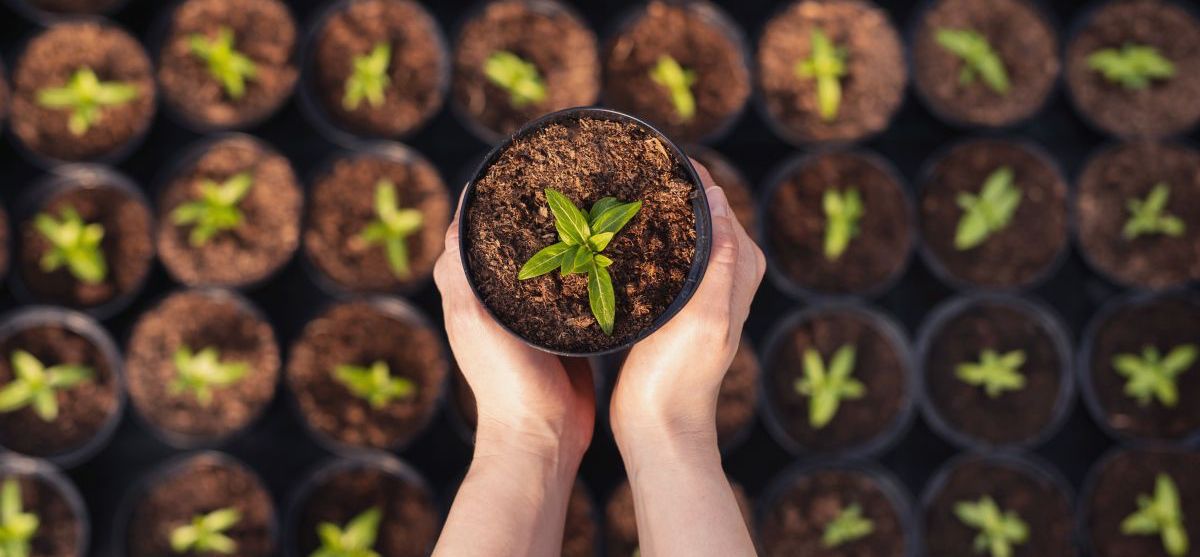
Gardening tips for beginners
Read more

25 ways to make money gardening
Read more
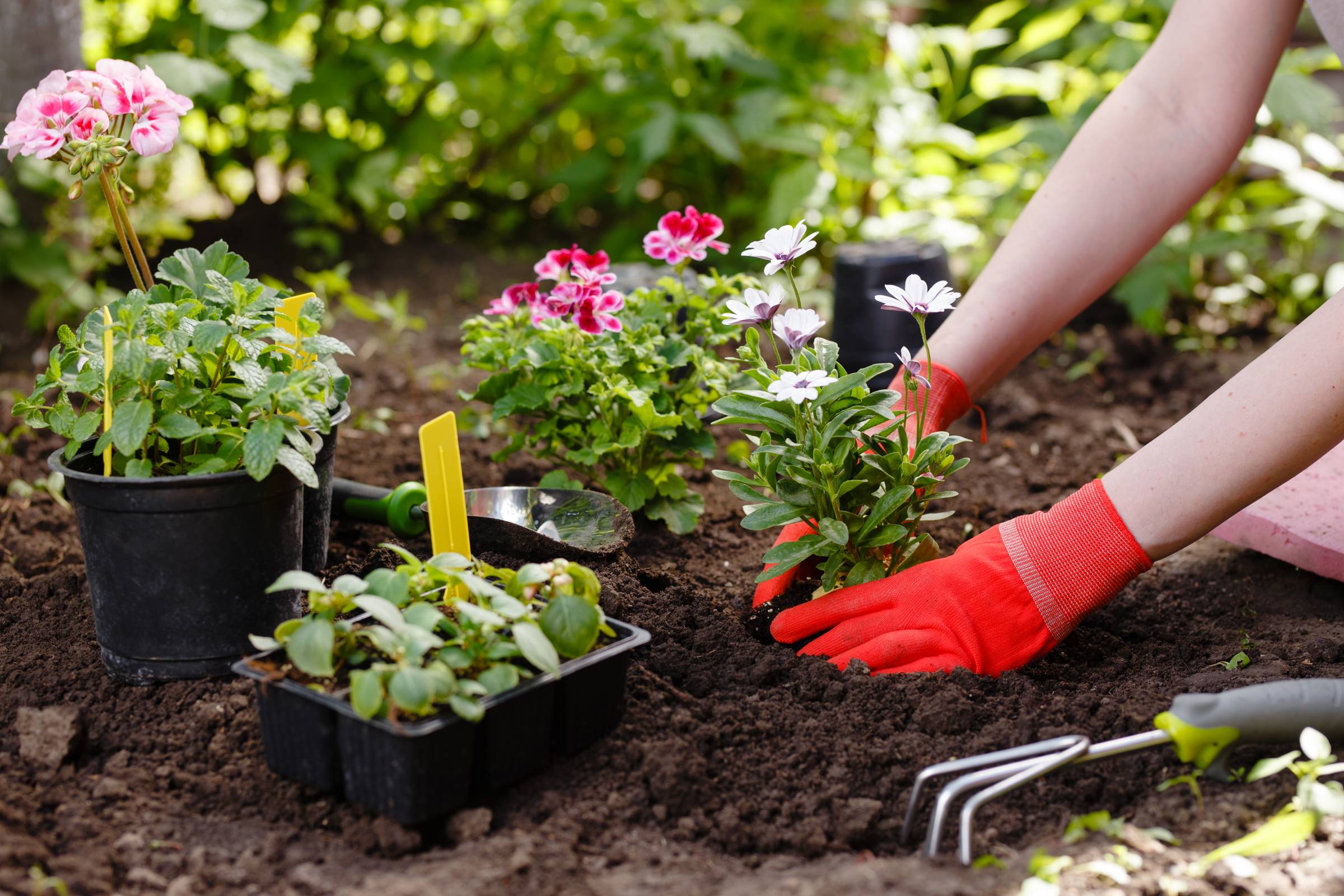
Your garden maintenance checklist
Read more
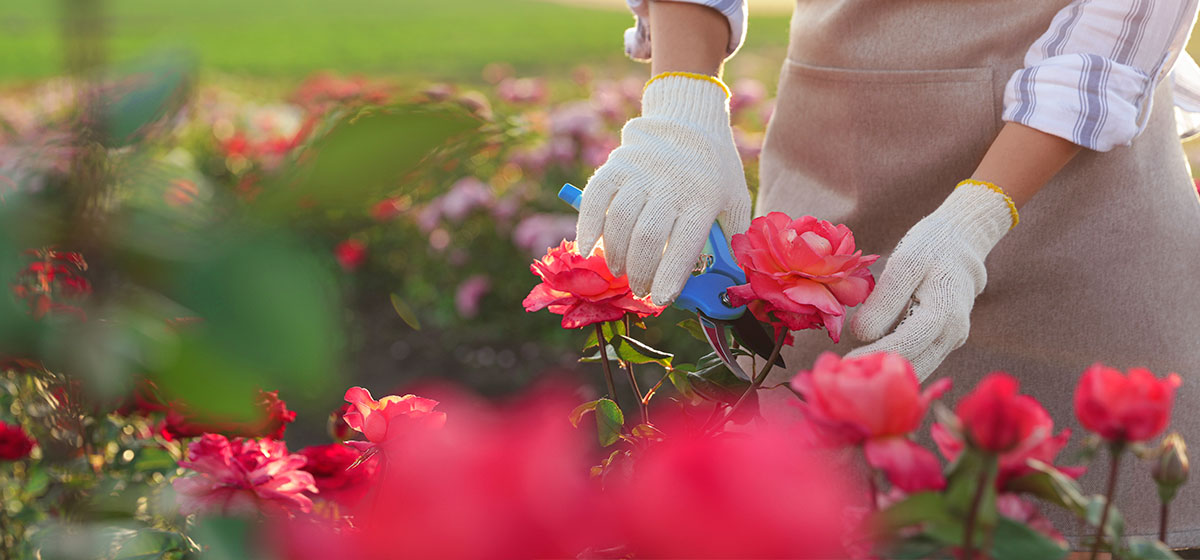
How to prune roses the right way
Read more
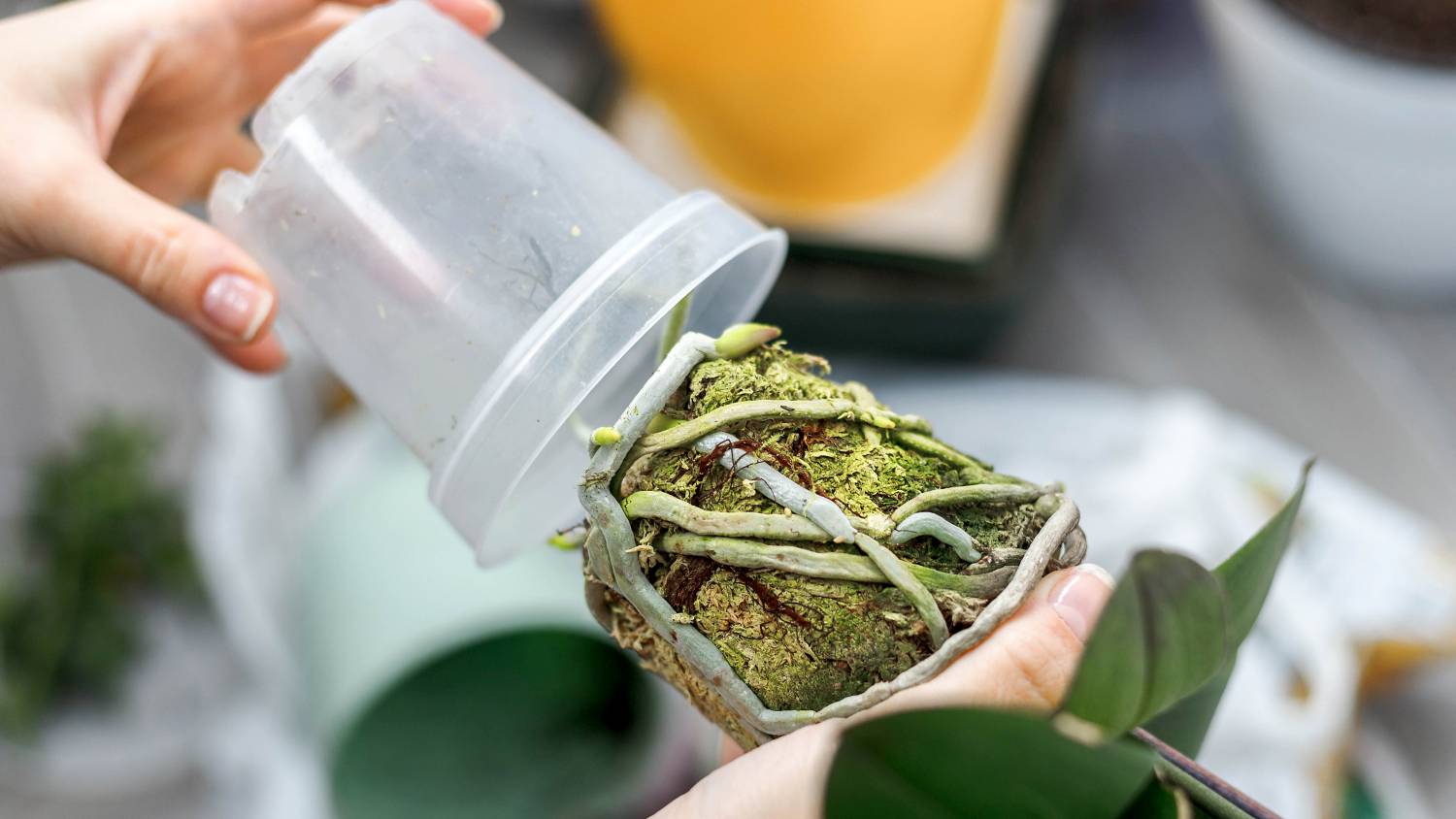
Learn how to repot an orchid
Read more
Related price guides
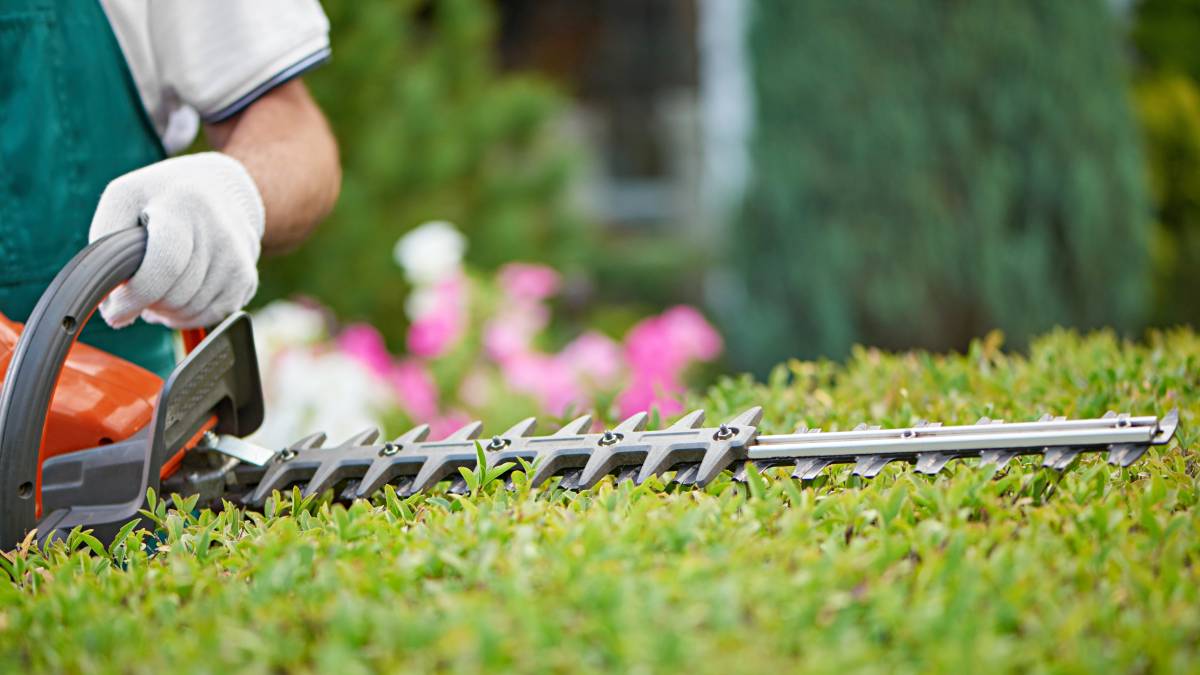
How much does hedge removal cost?
Read more

How much does a garden room cost?
Read more
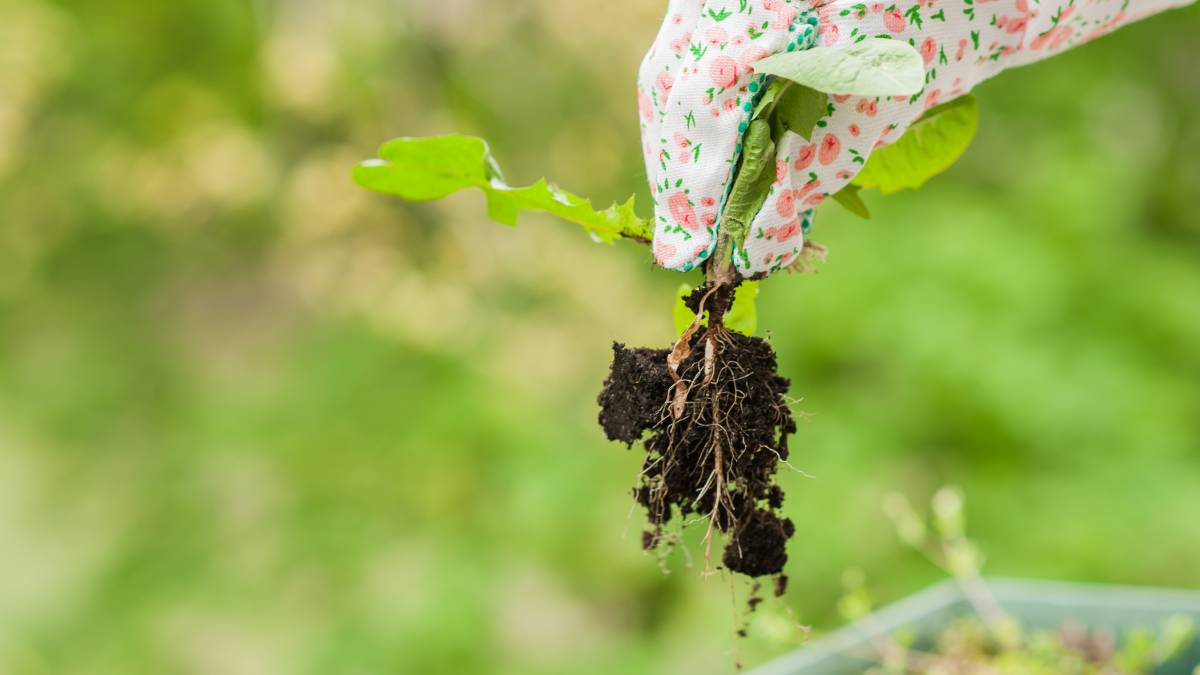
How much does weeding cost?
Read more
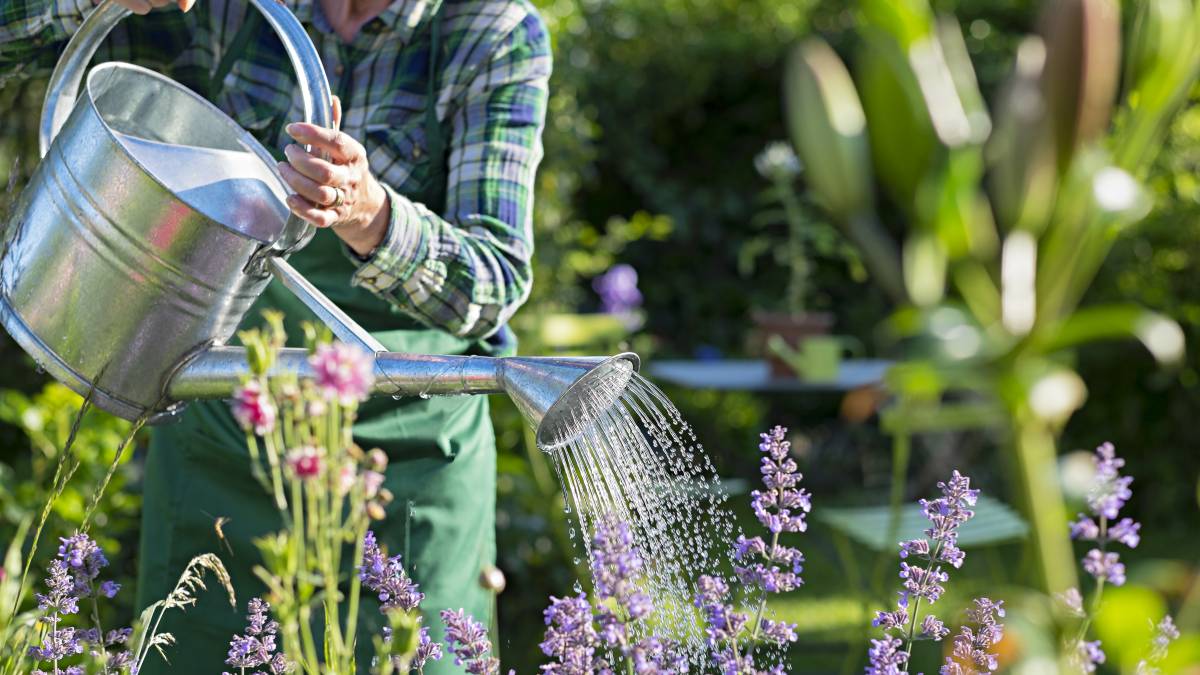
How much does a gardener cost?
Read more
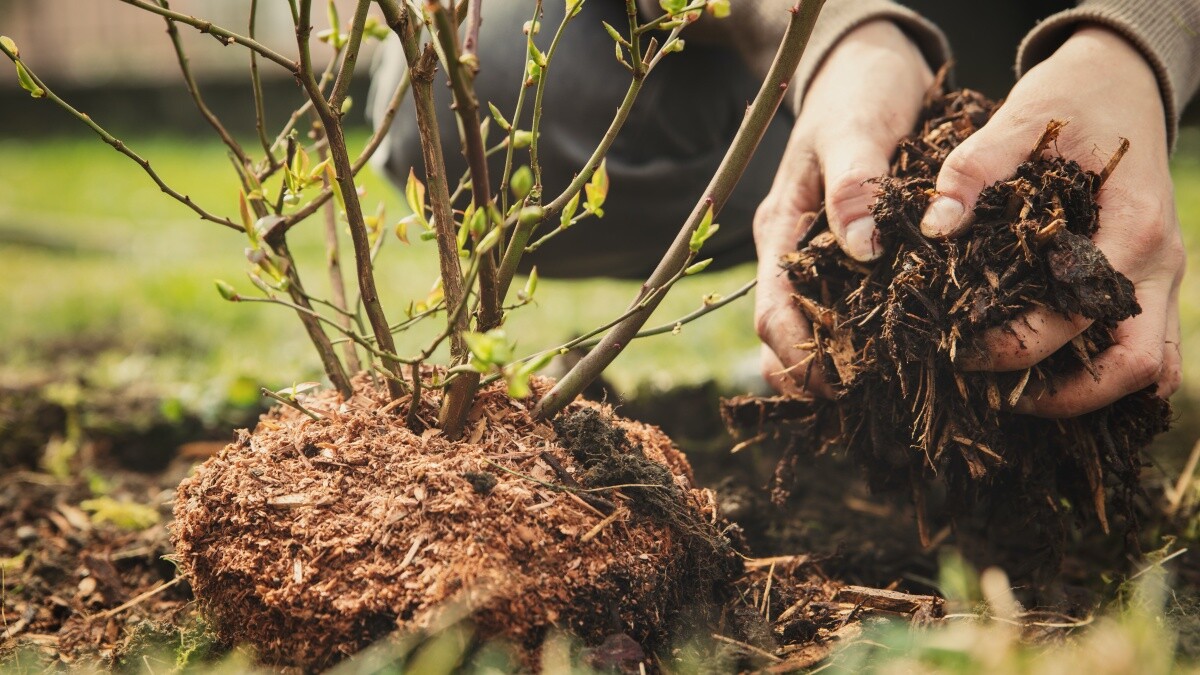
How much does mulch cost?
Read more
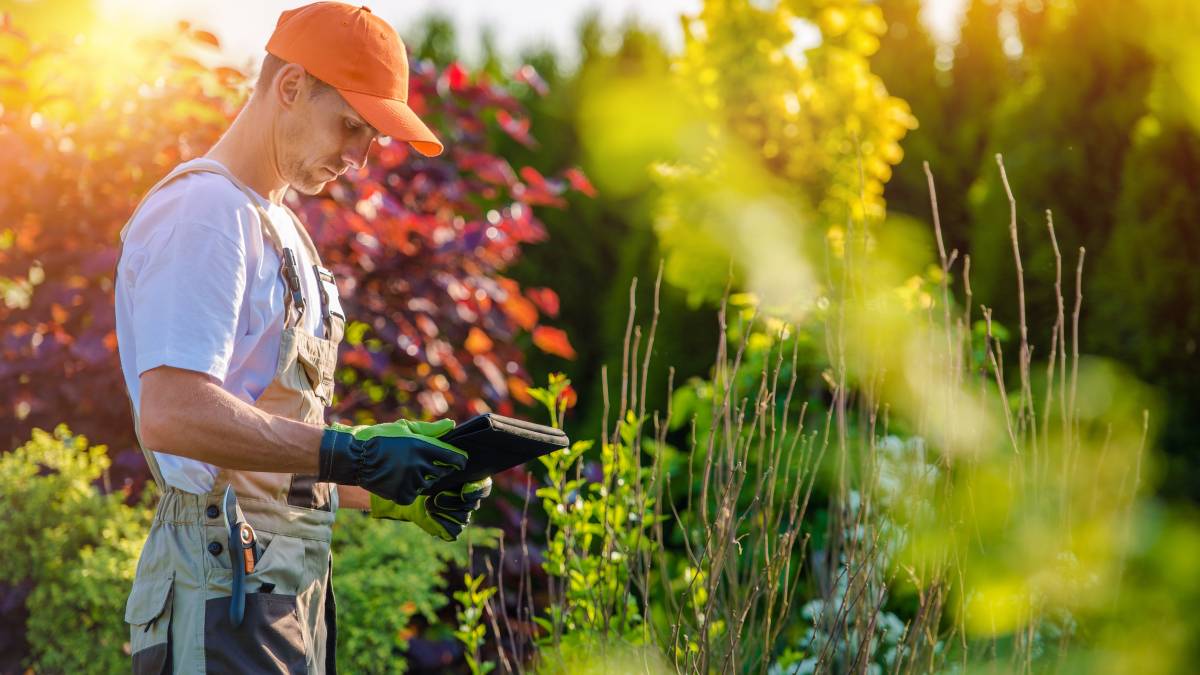
How much does garden clearance cost?
Read more

